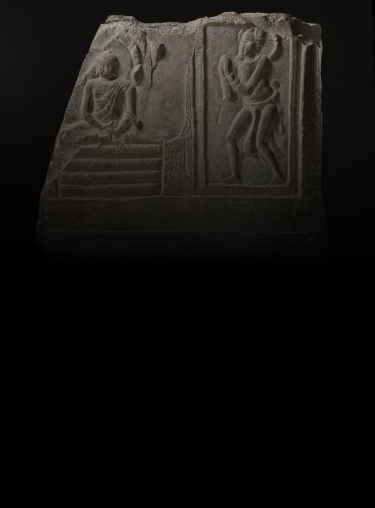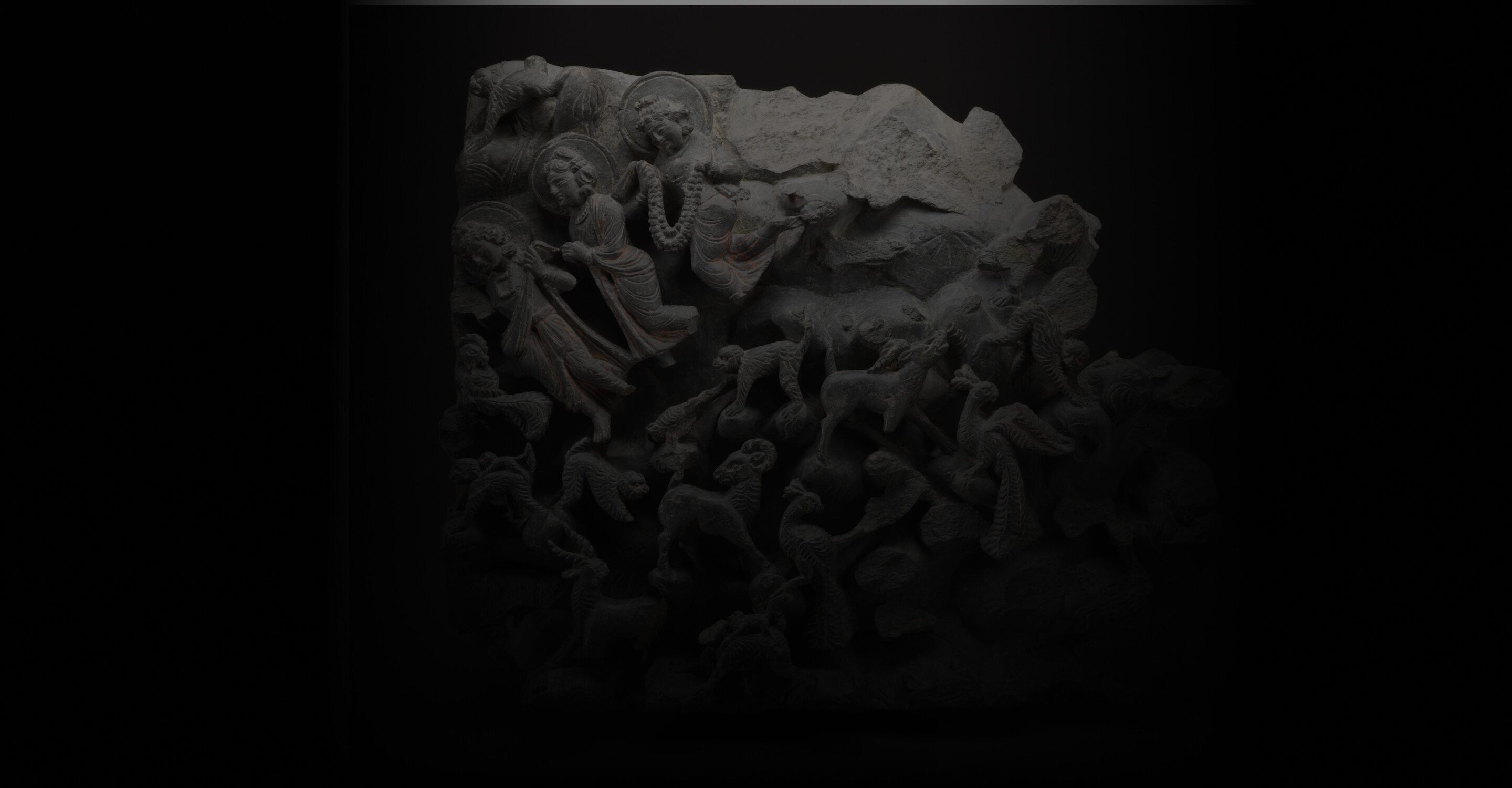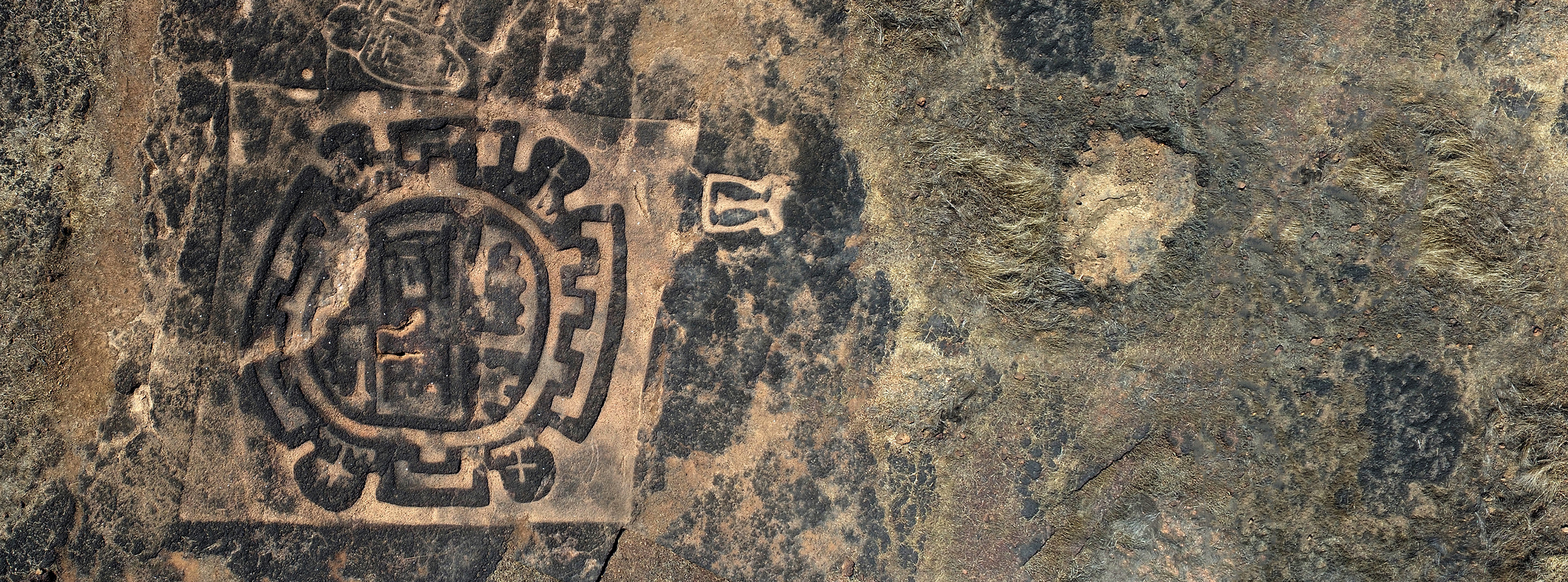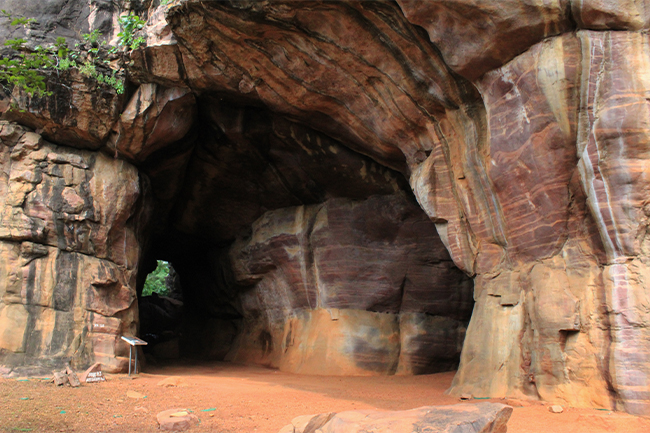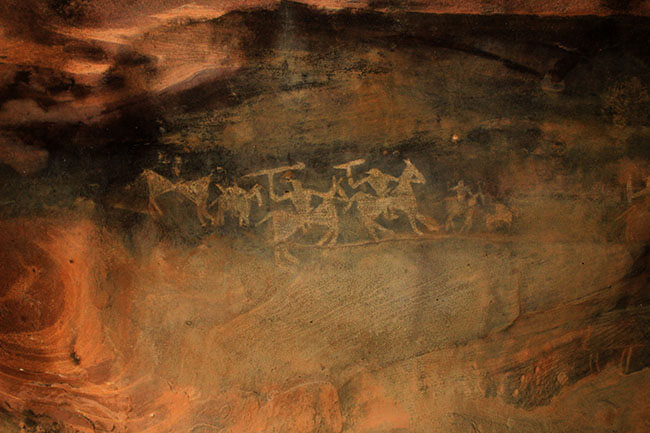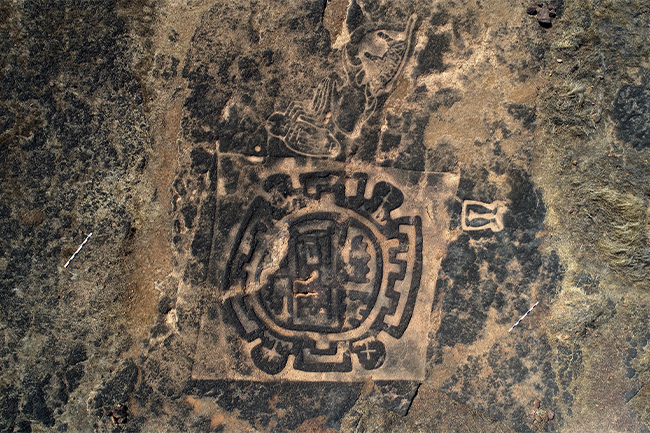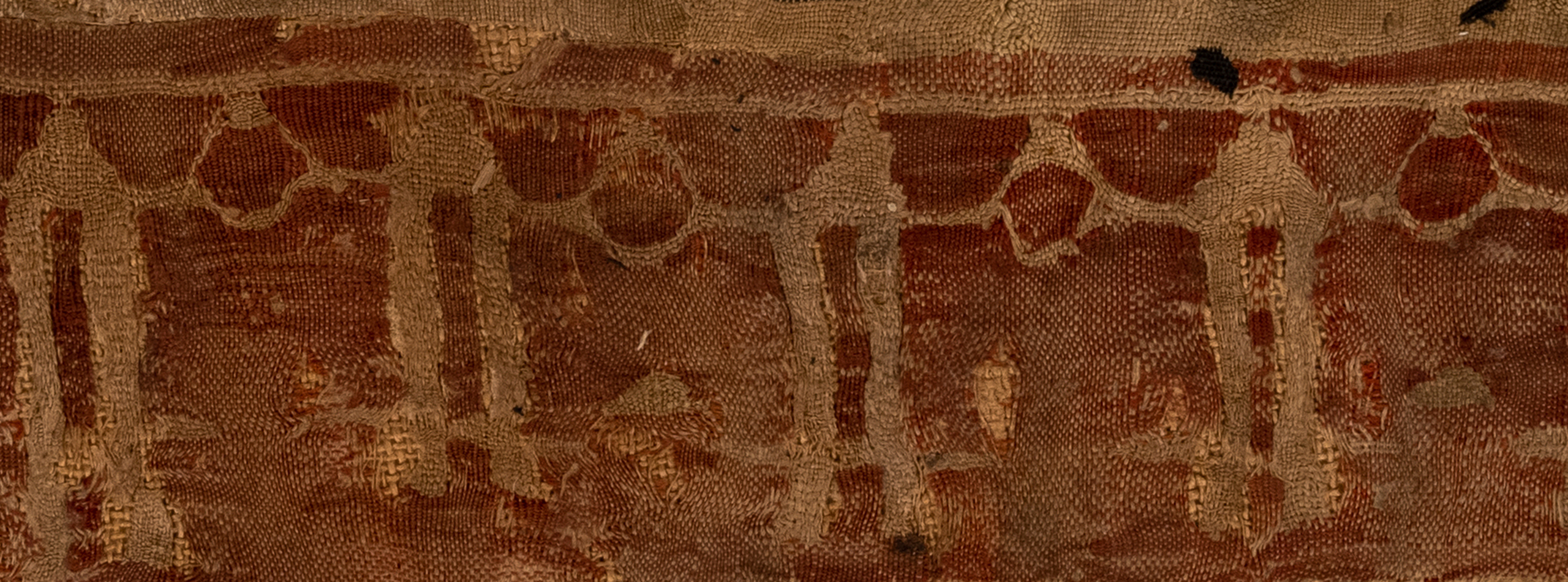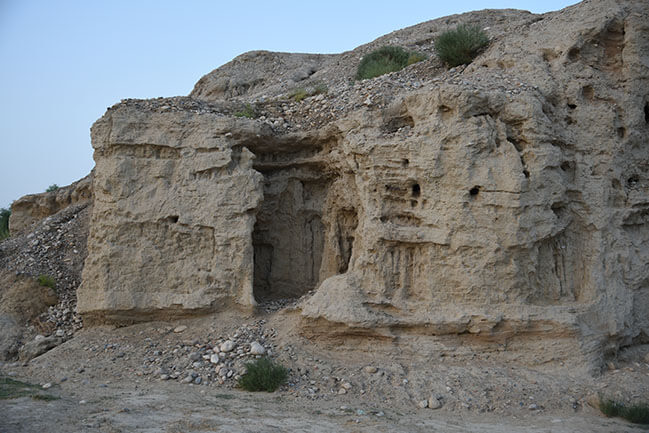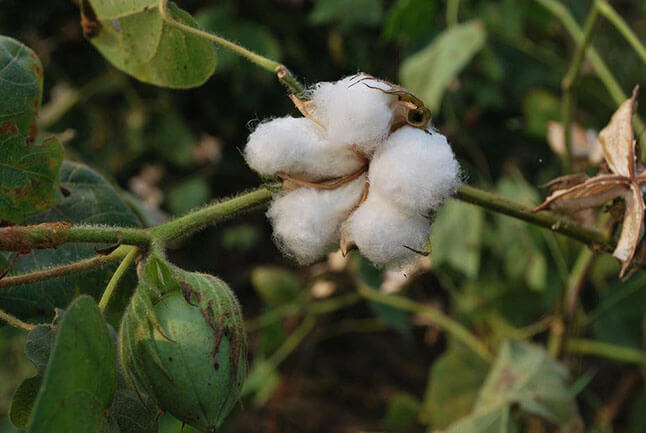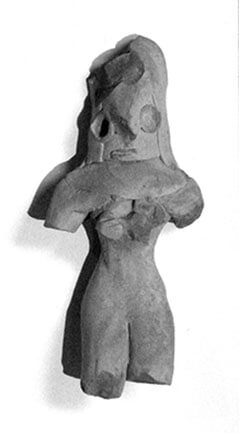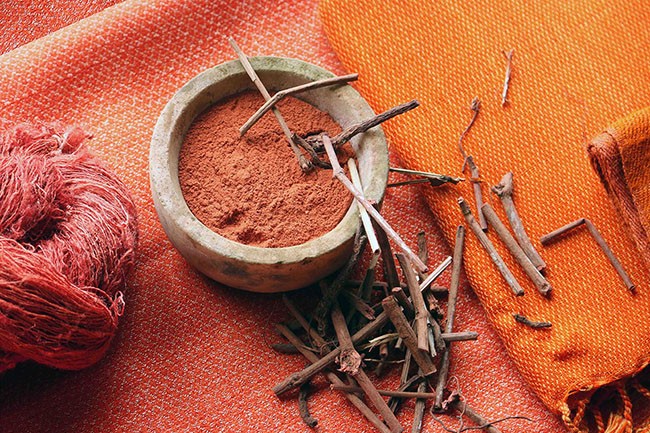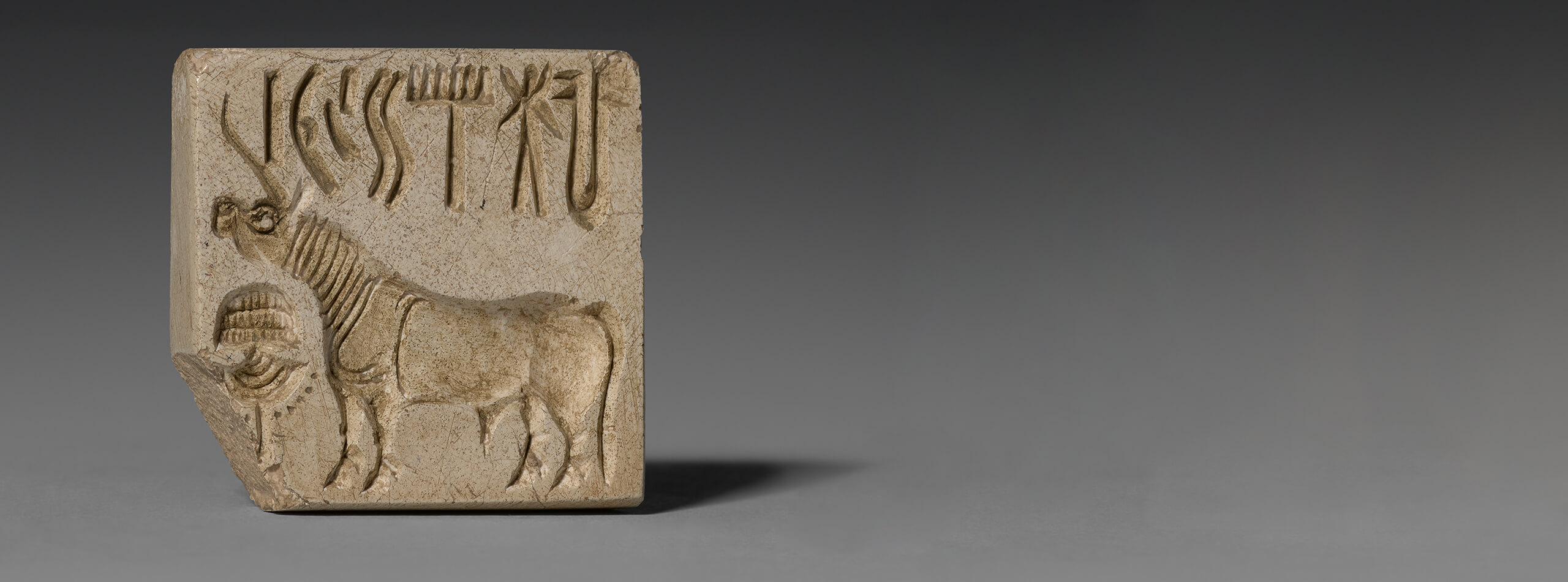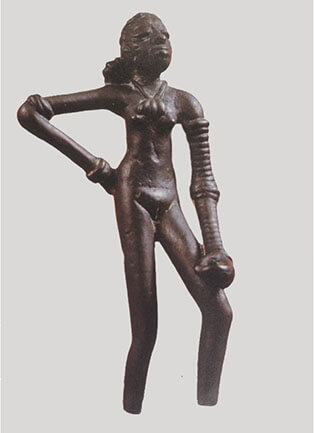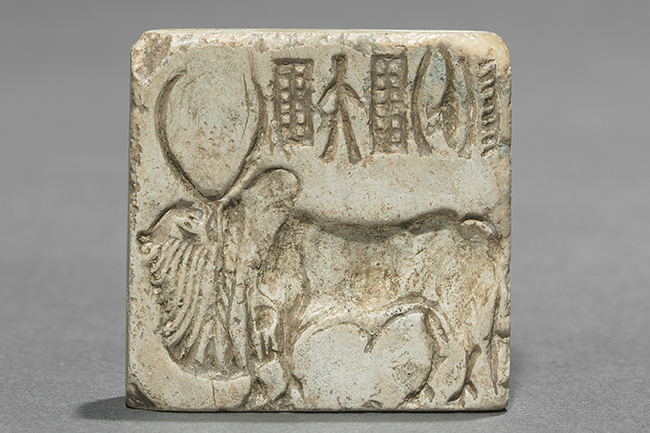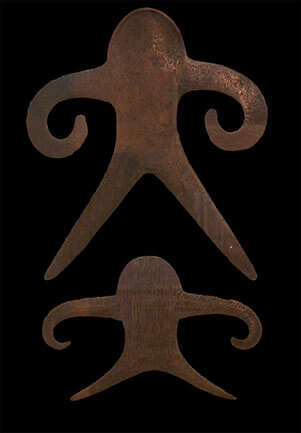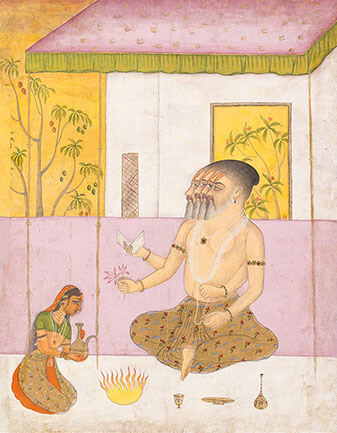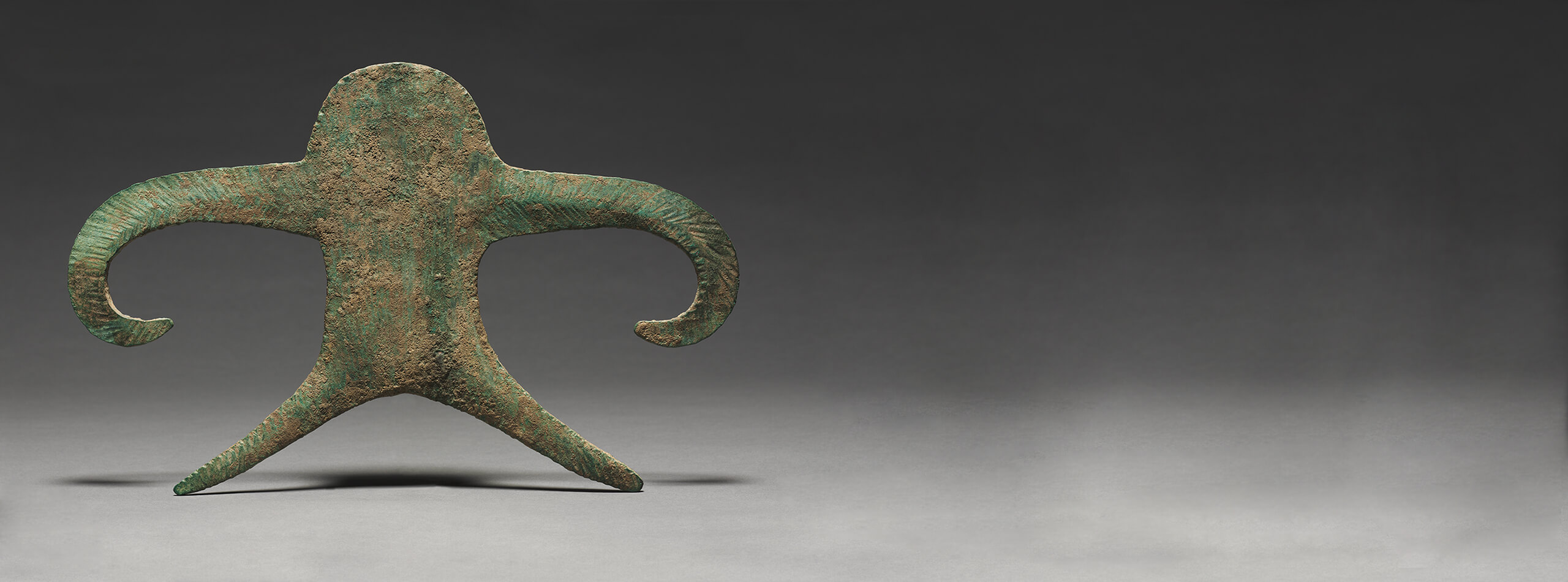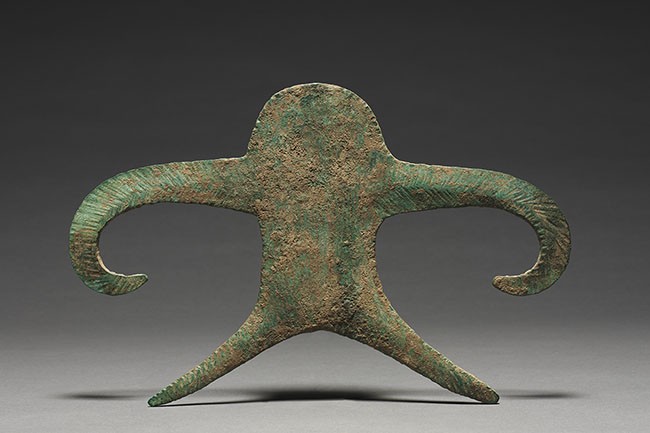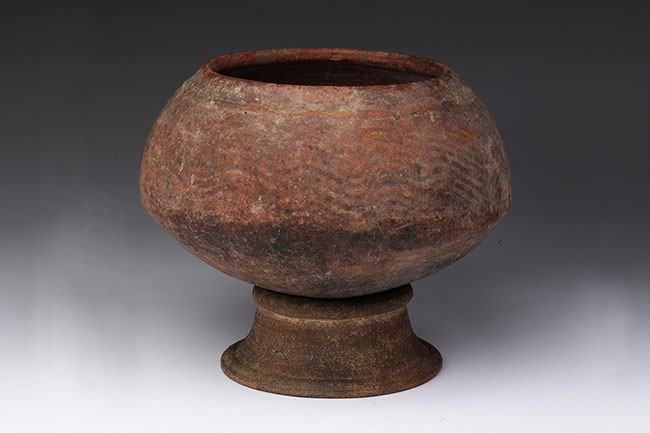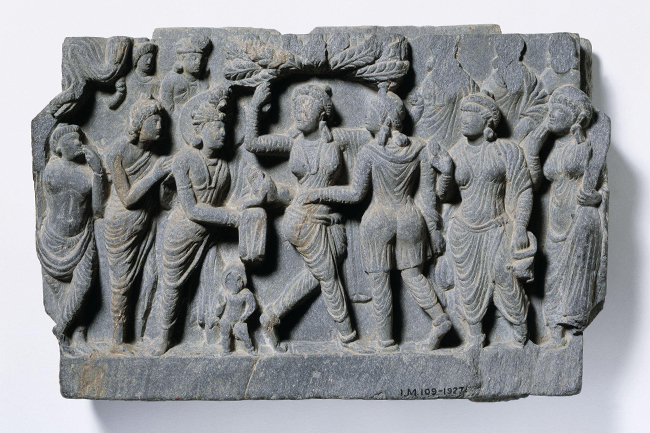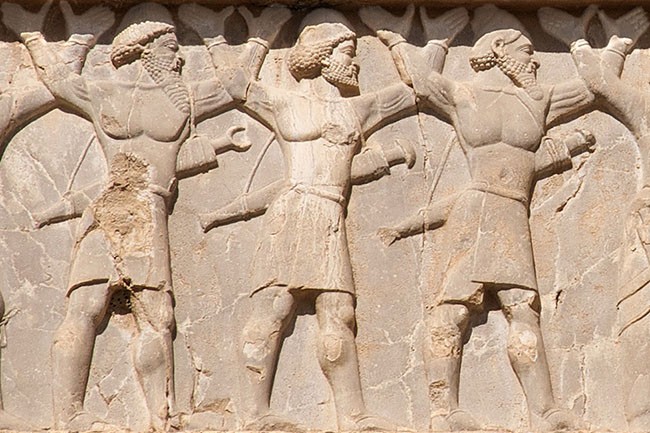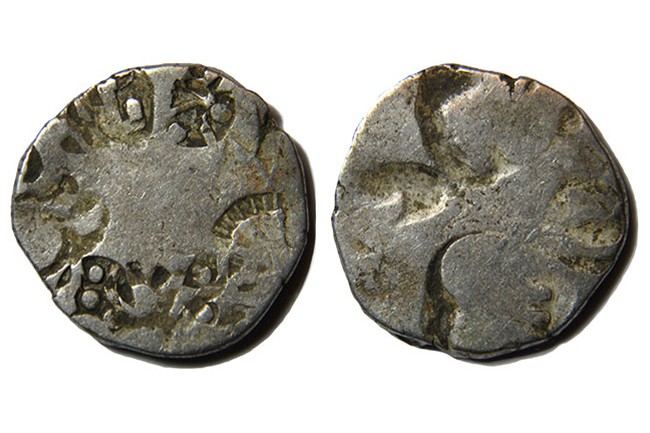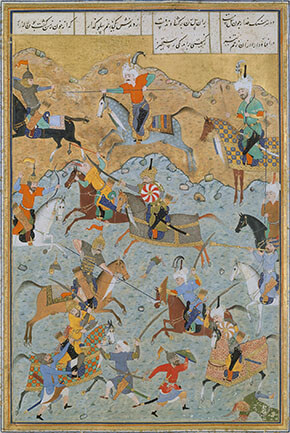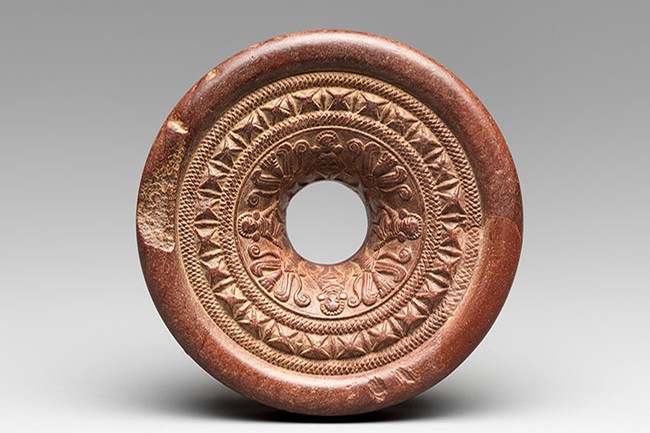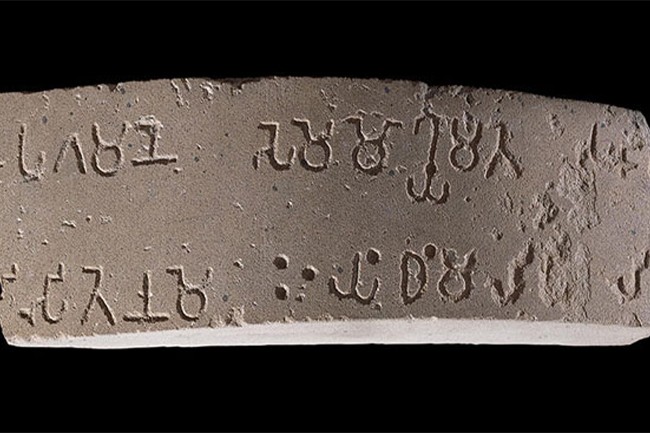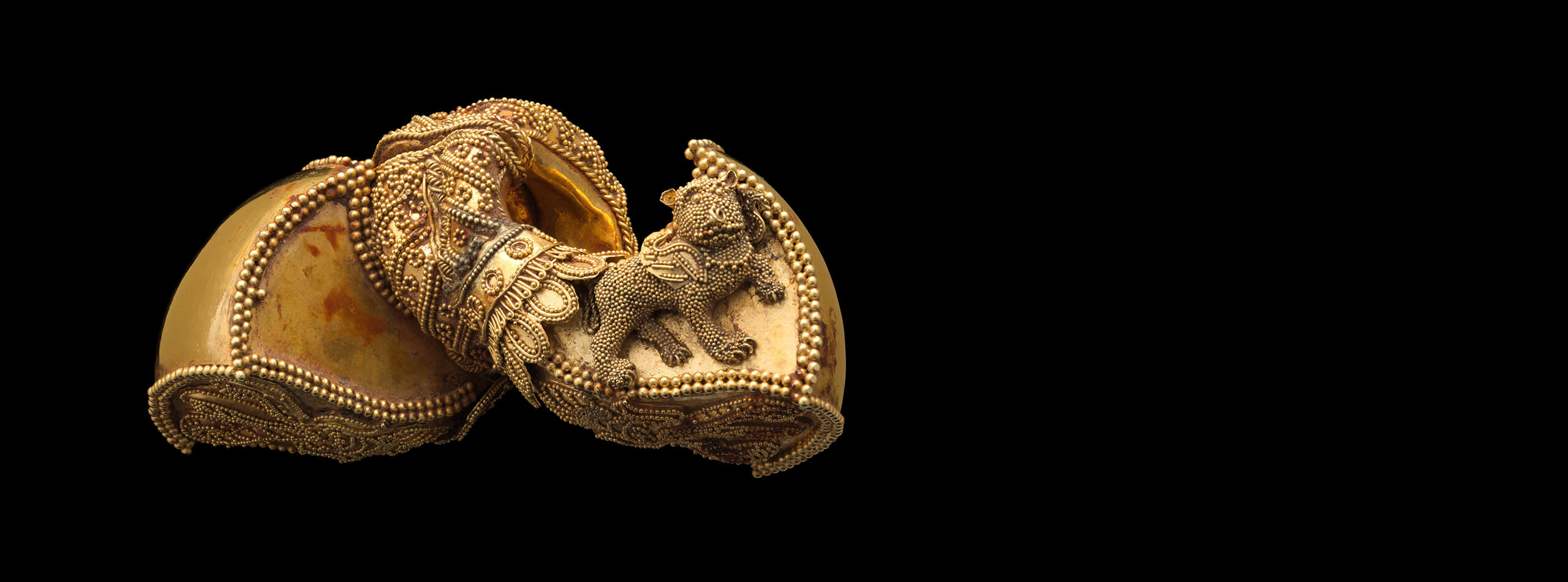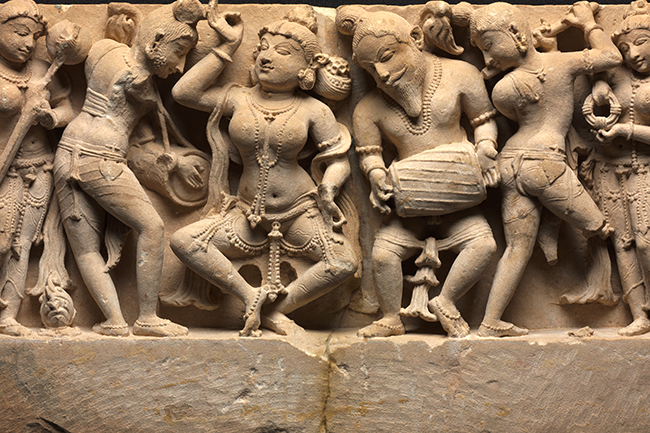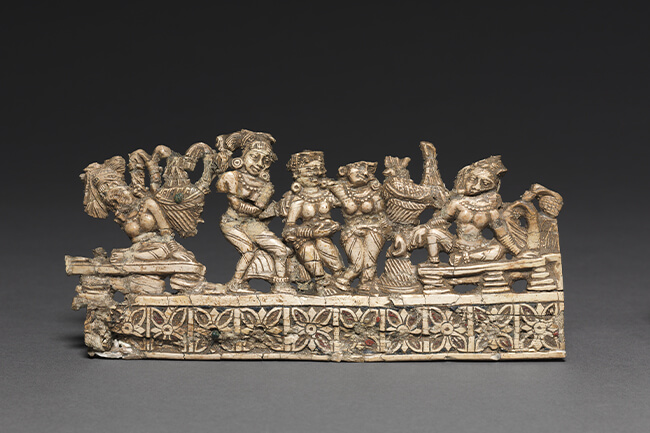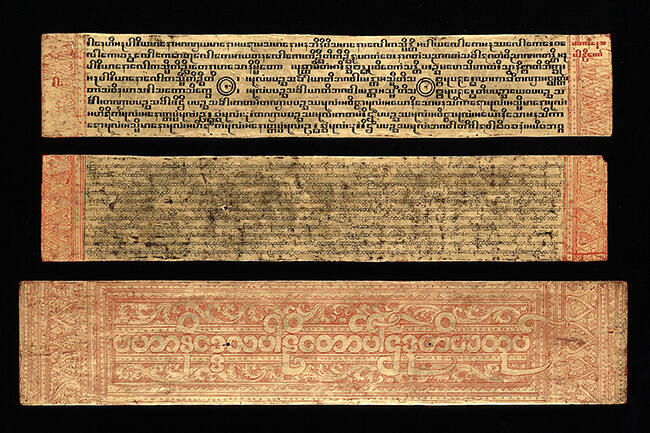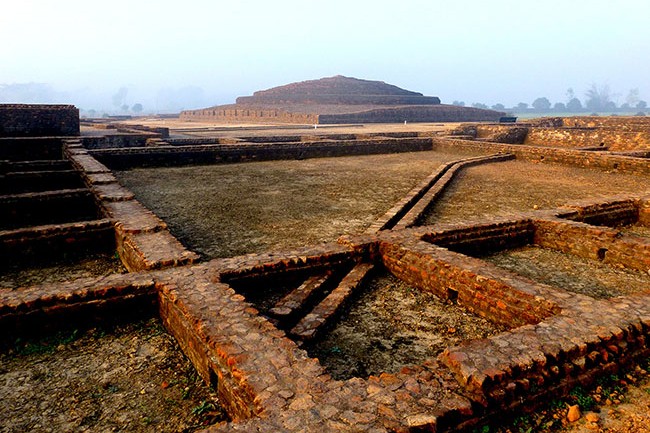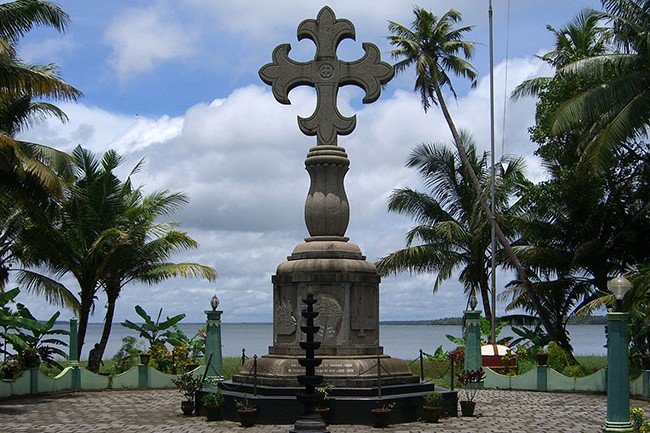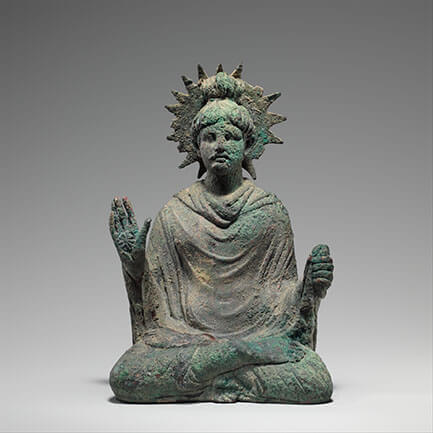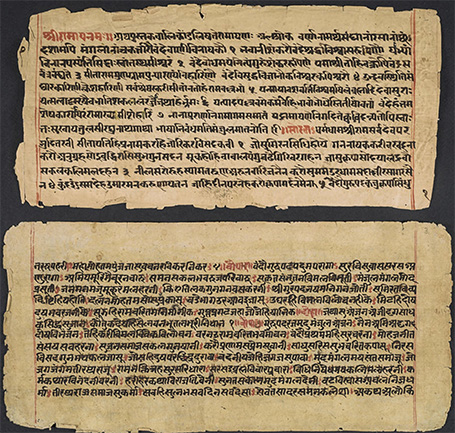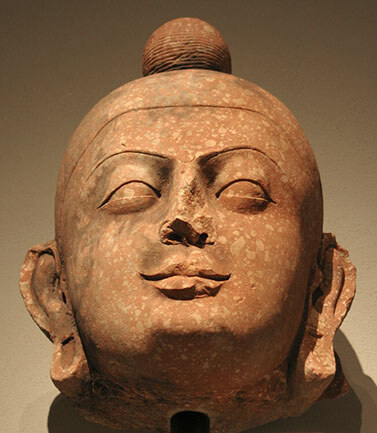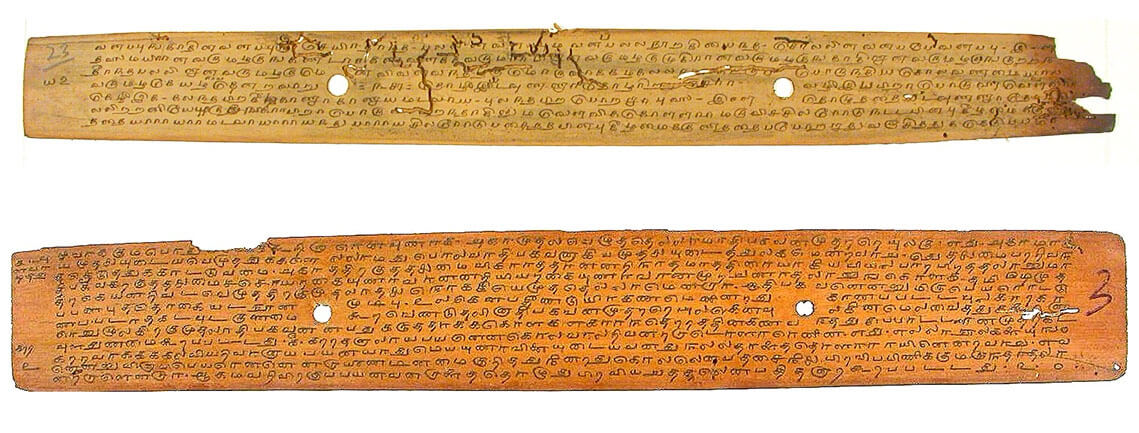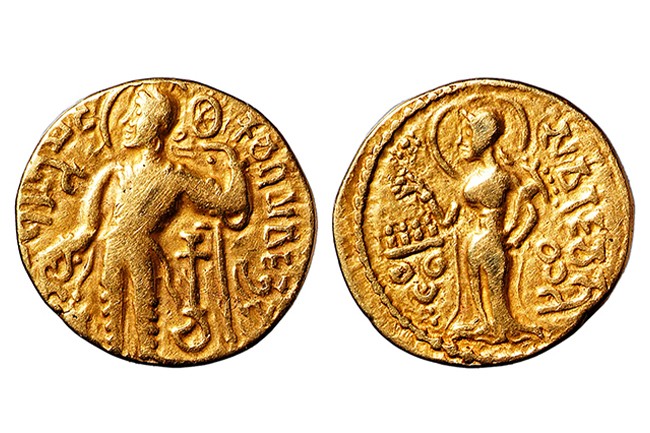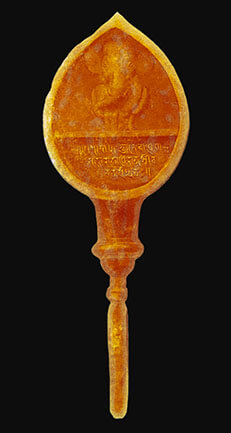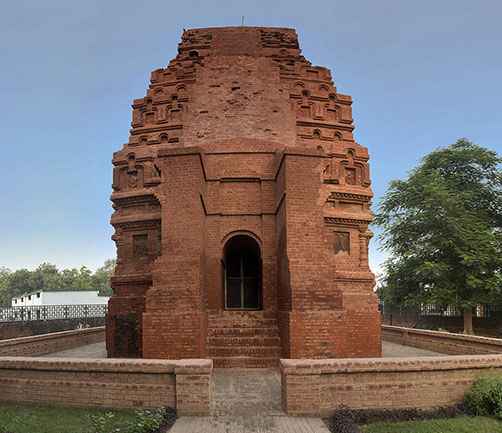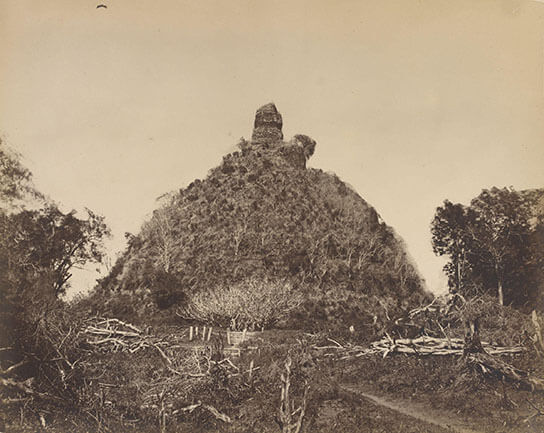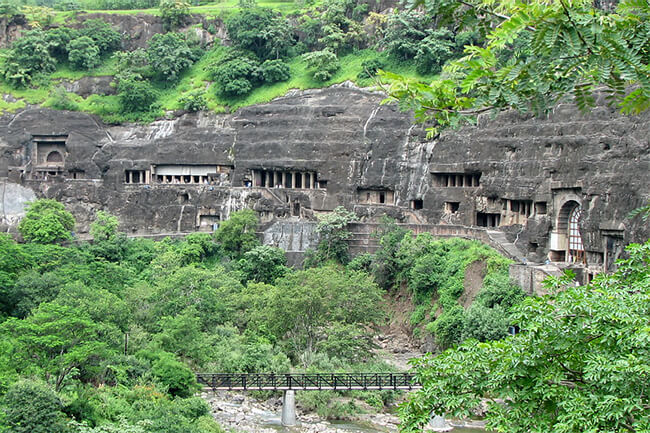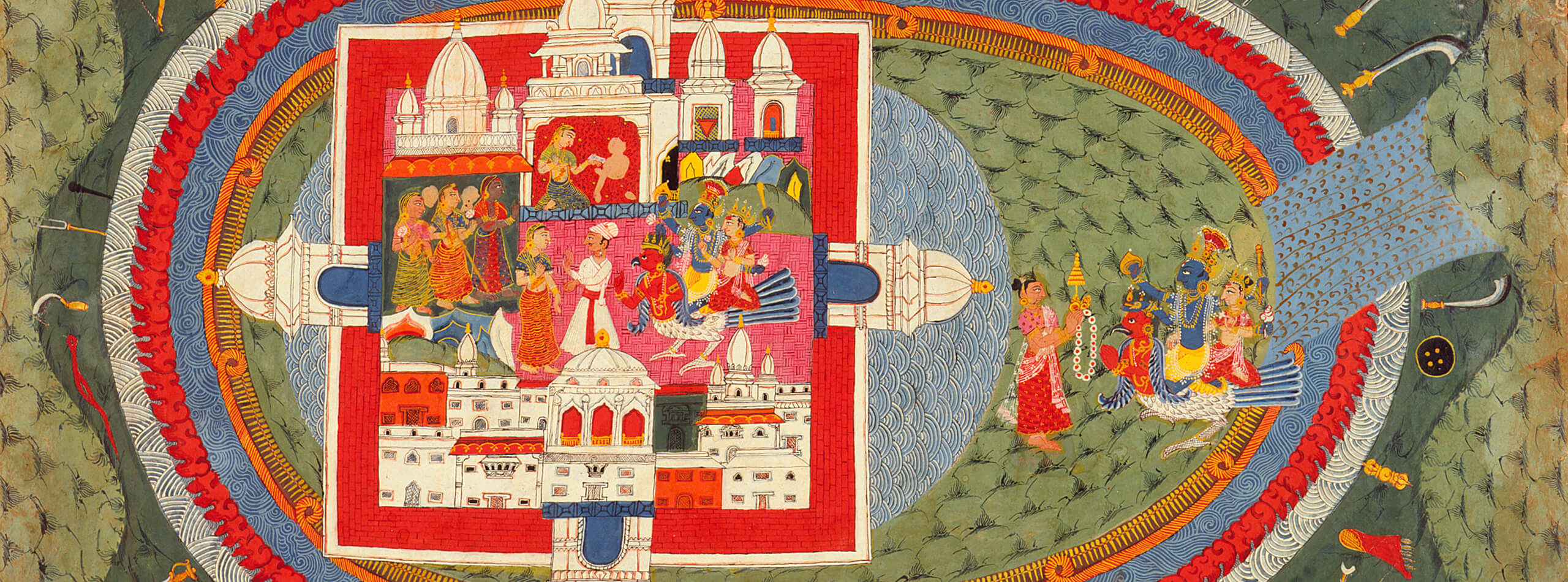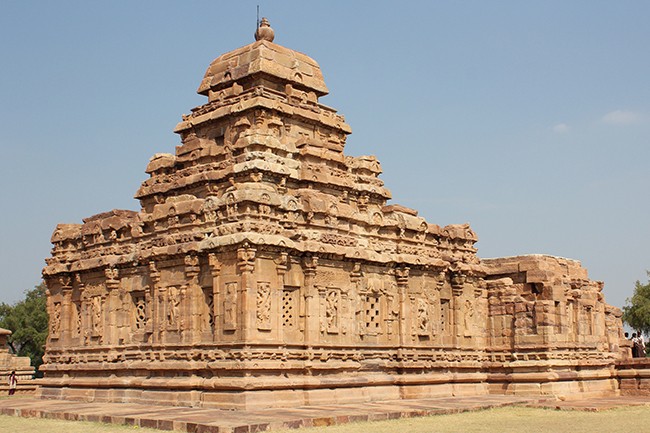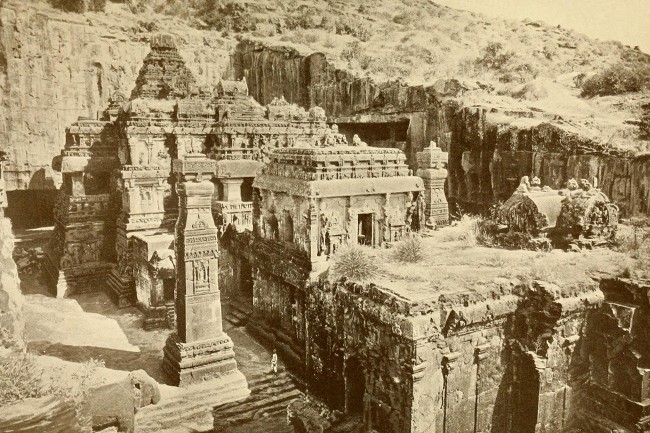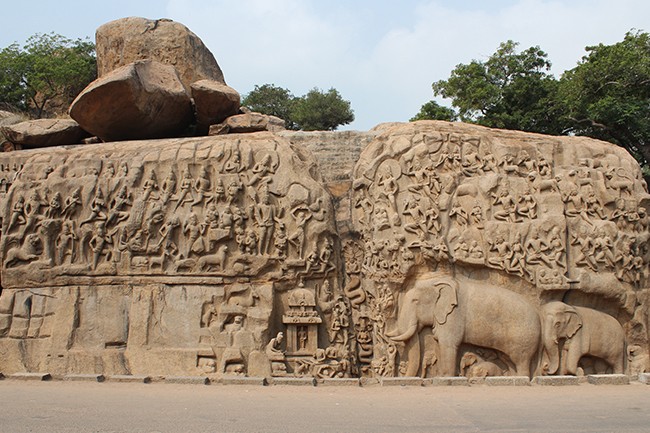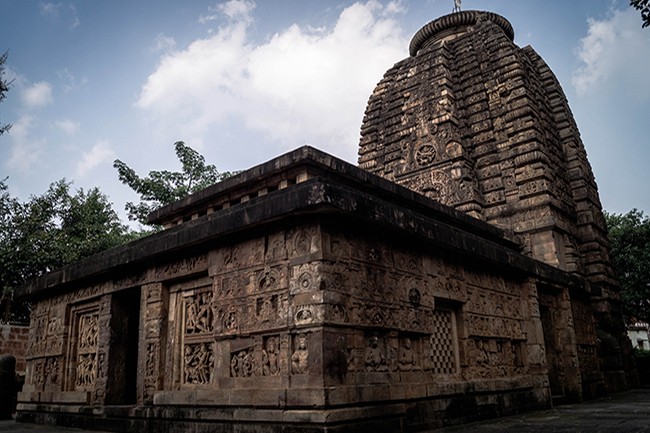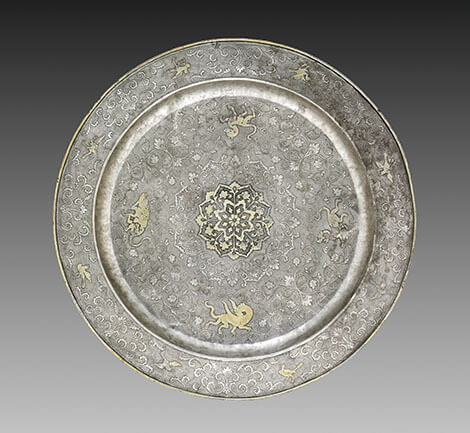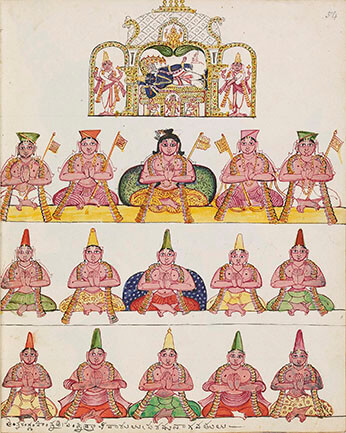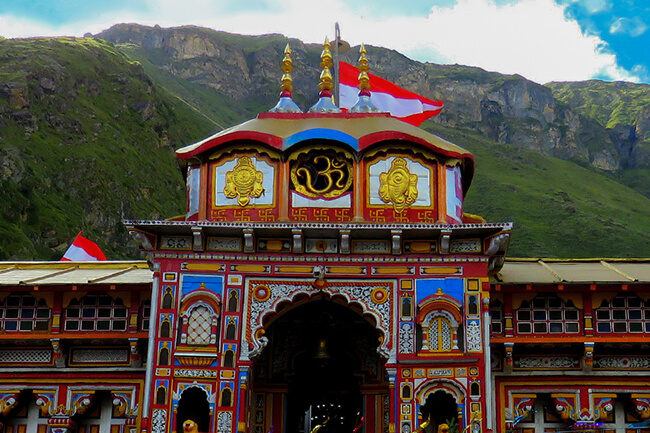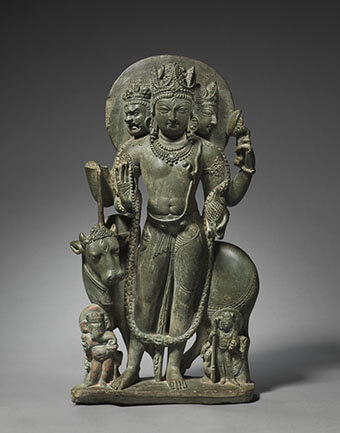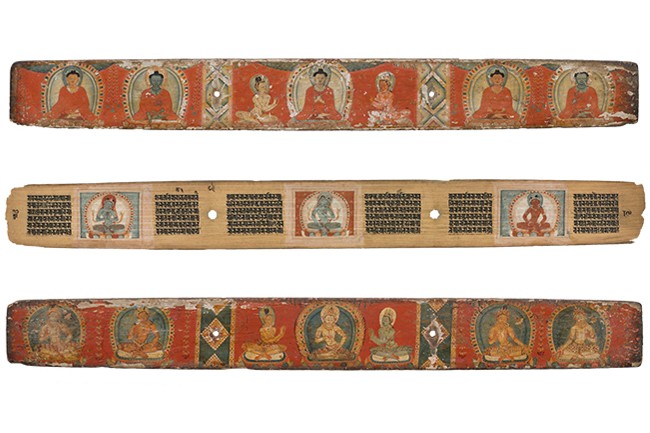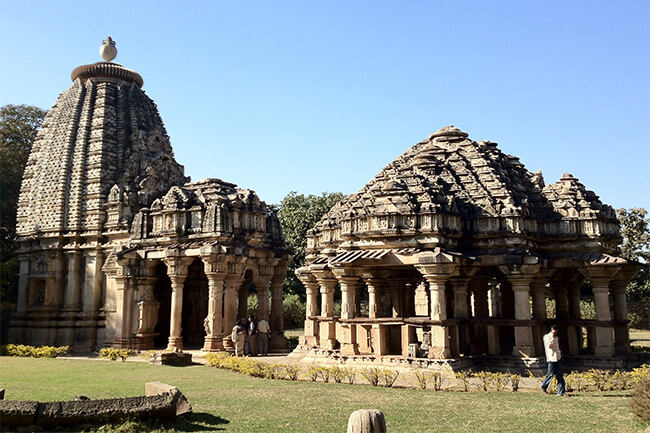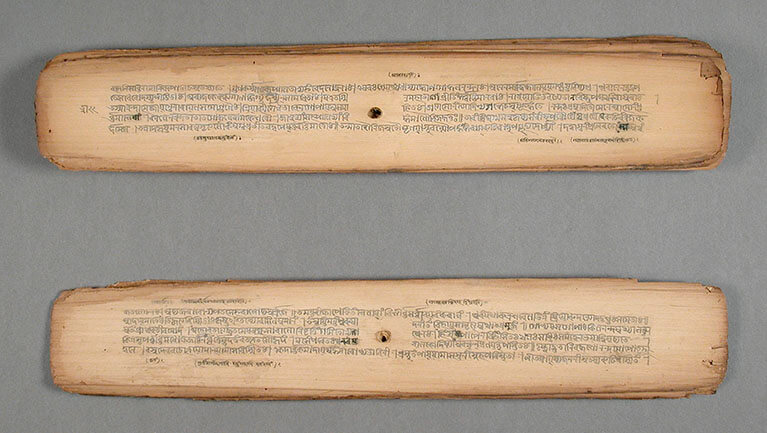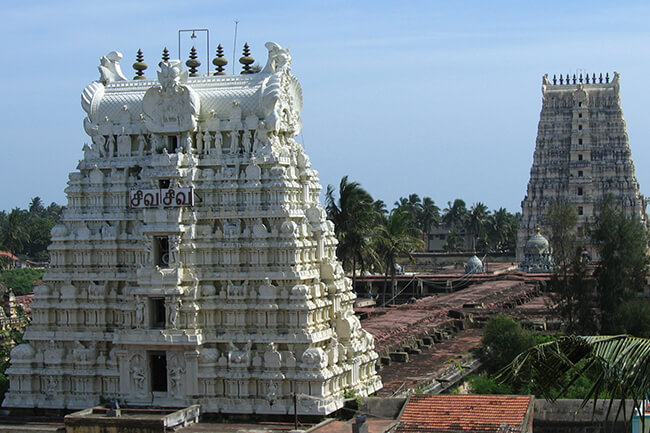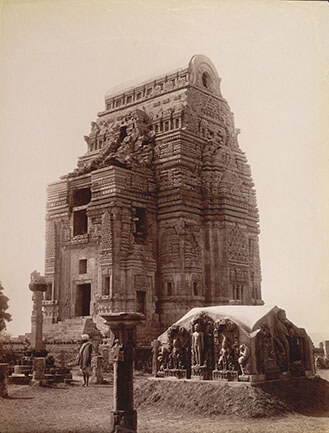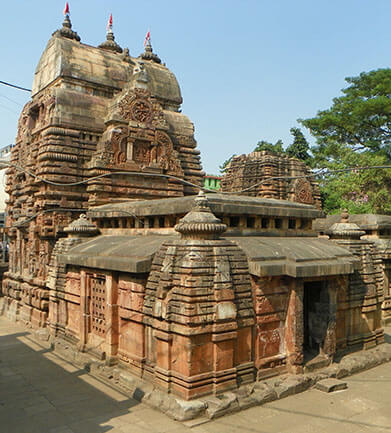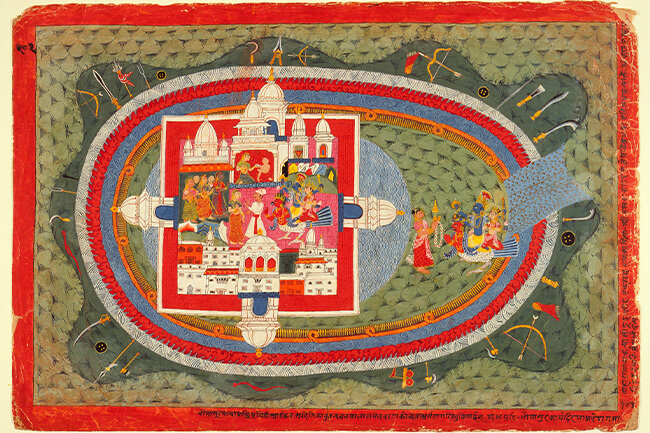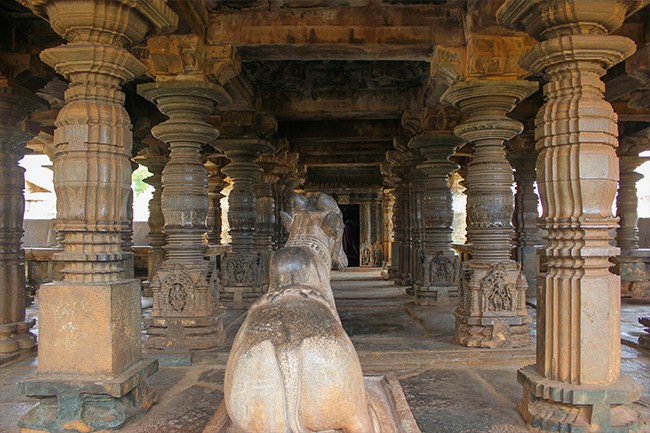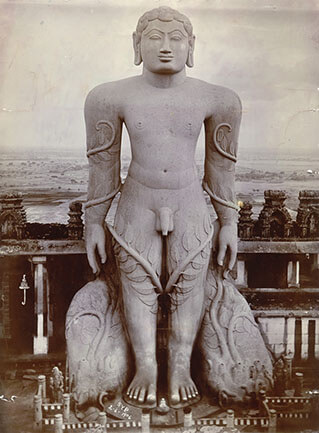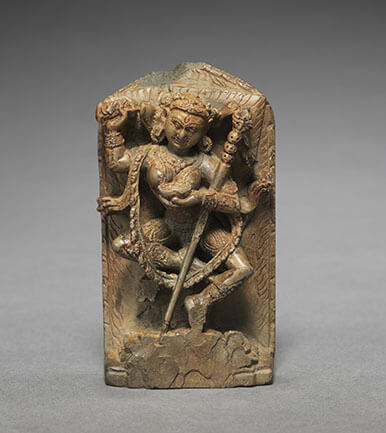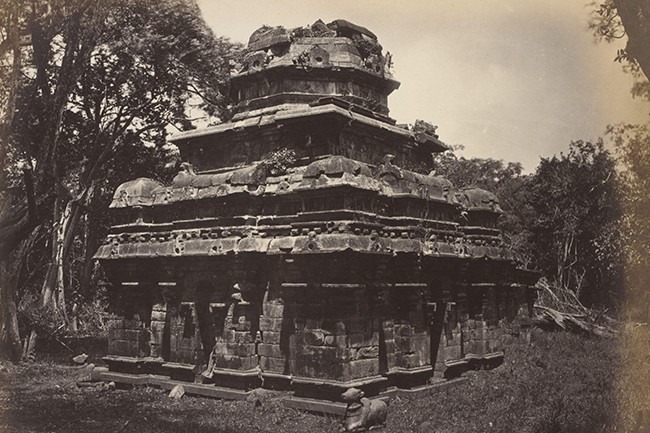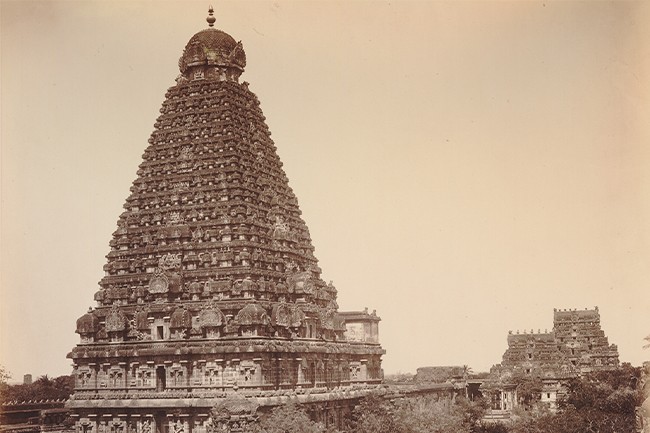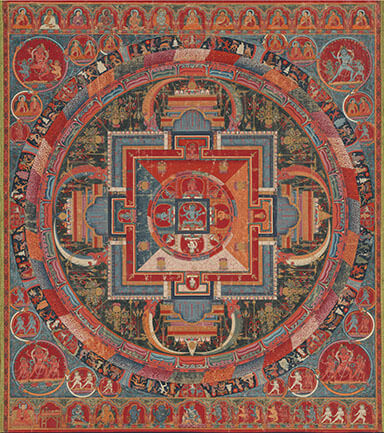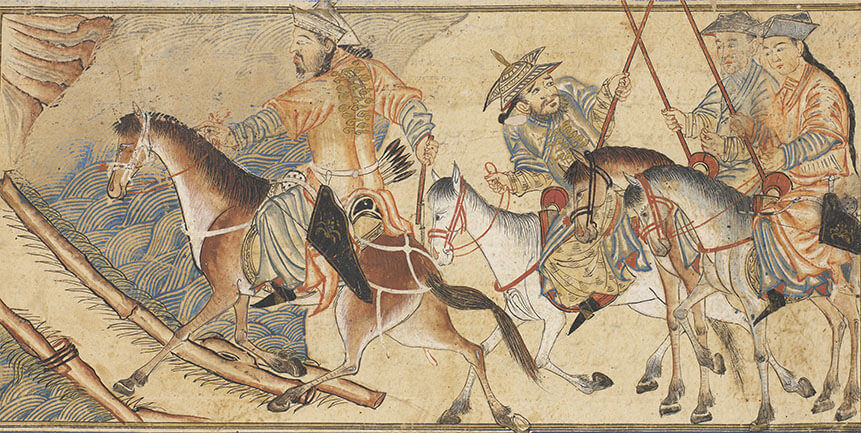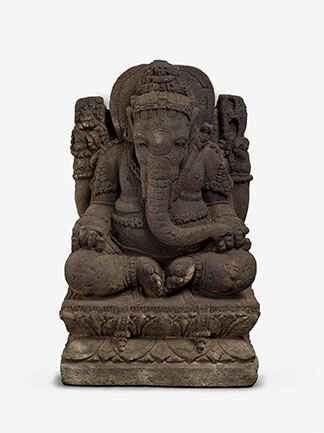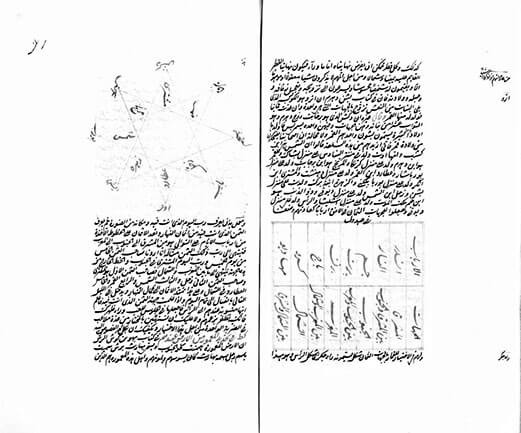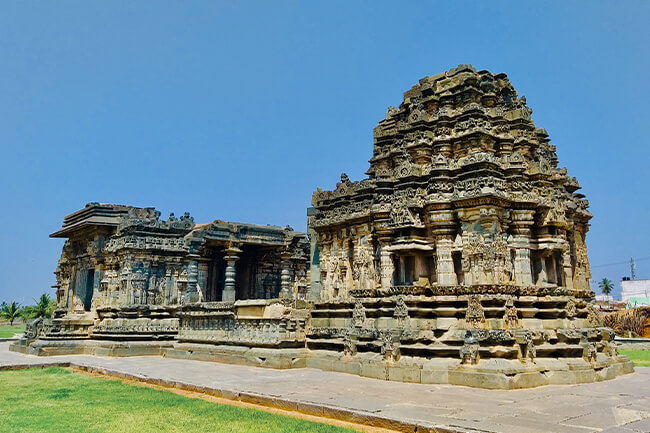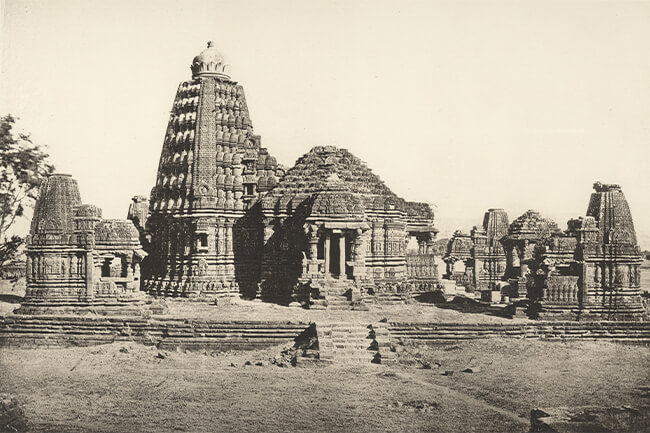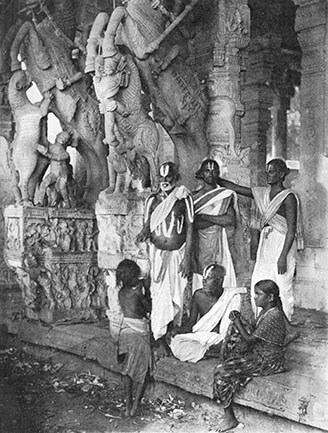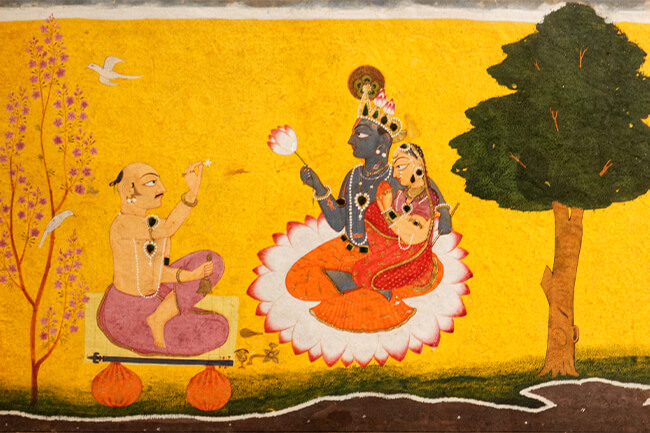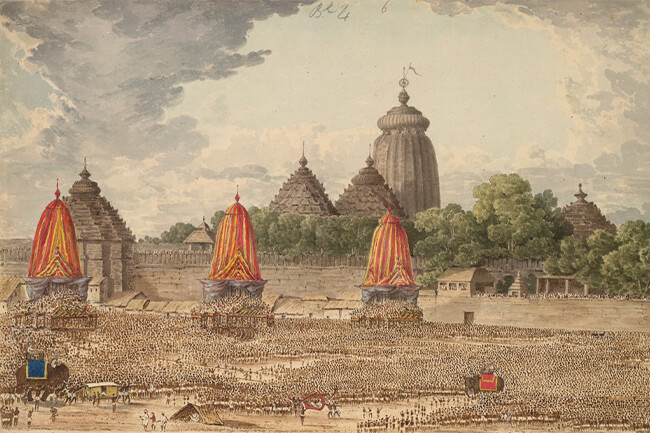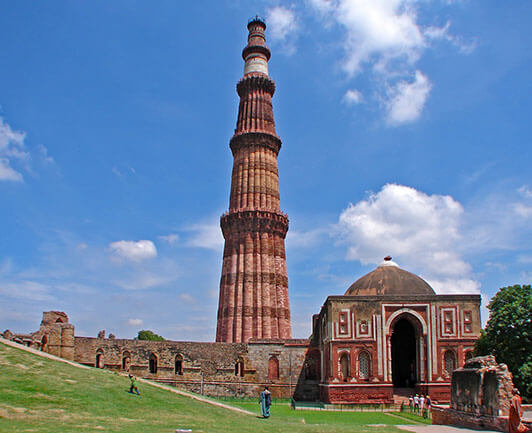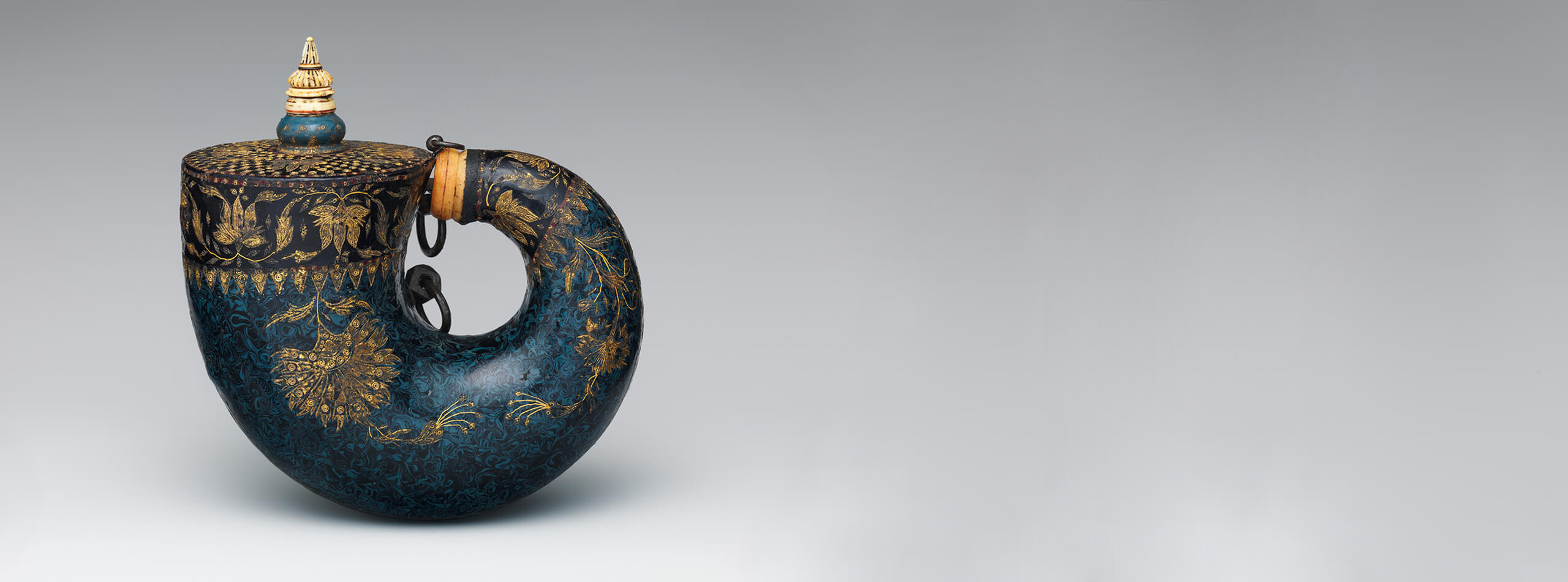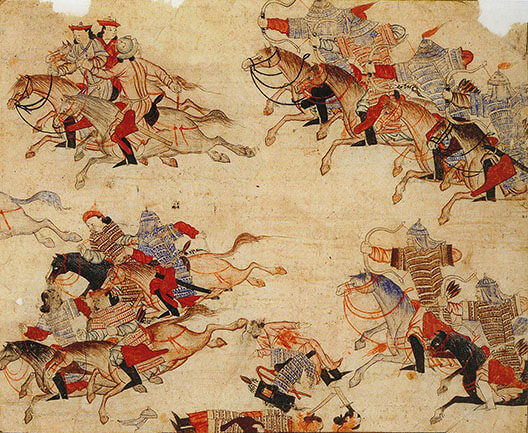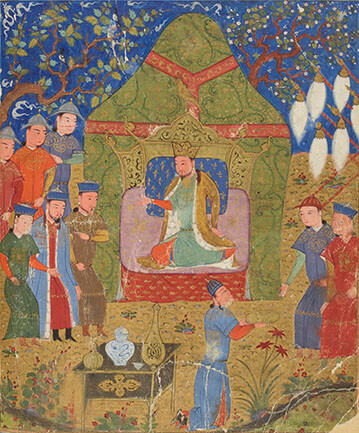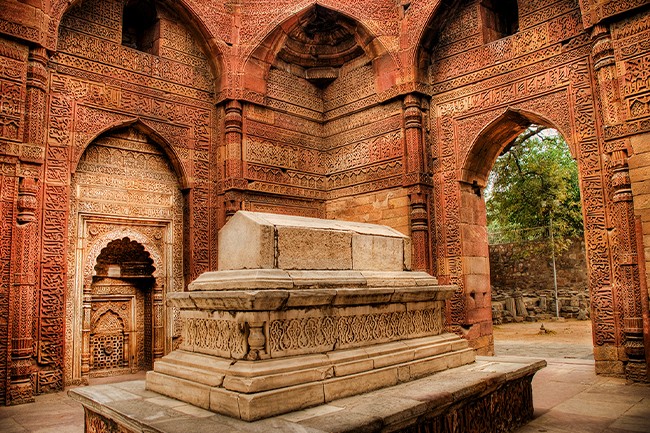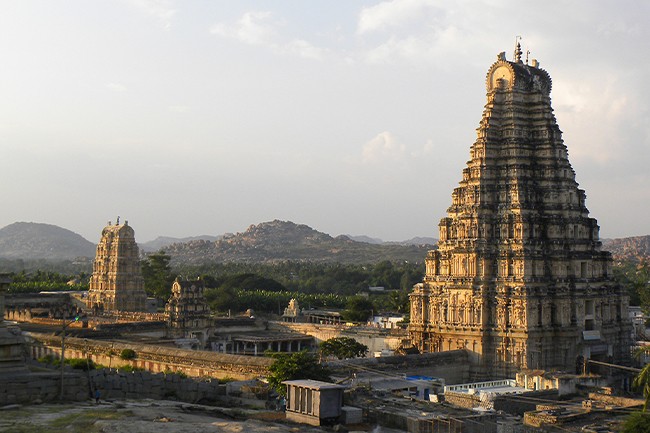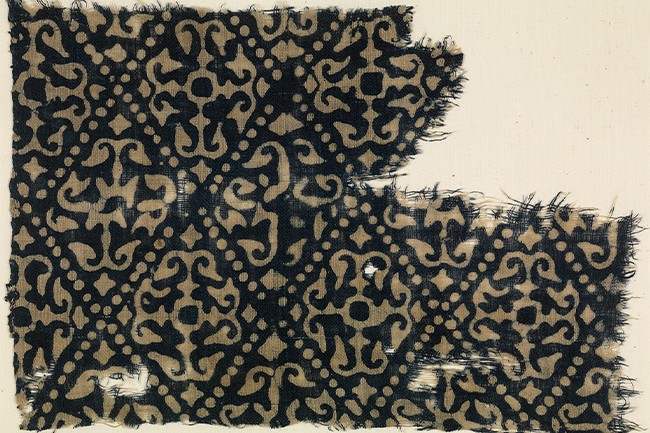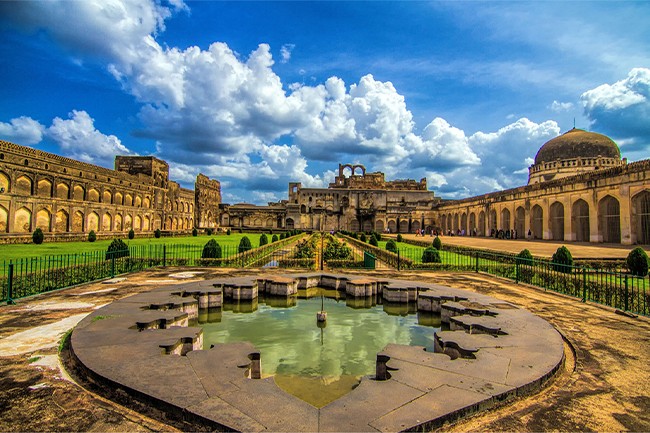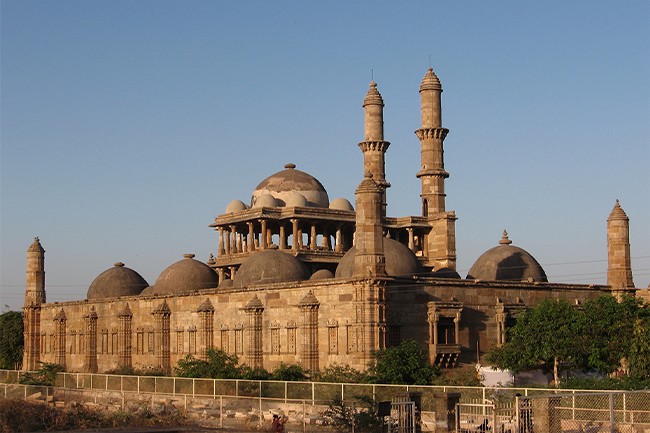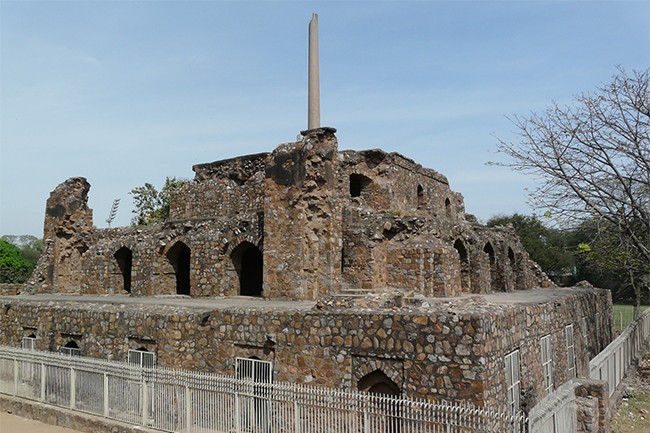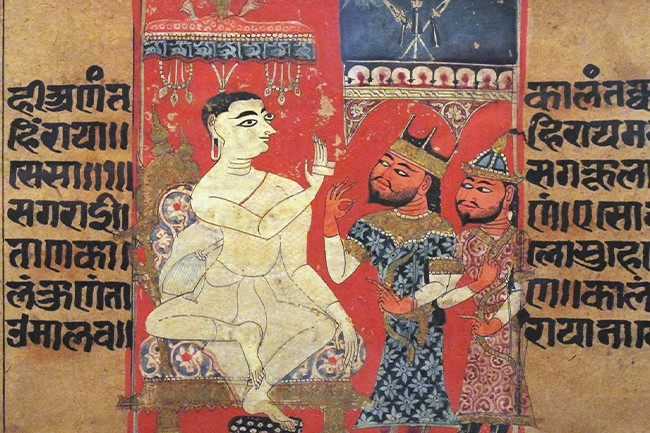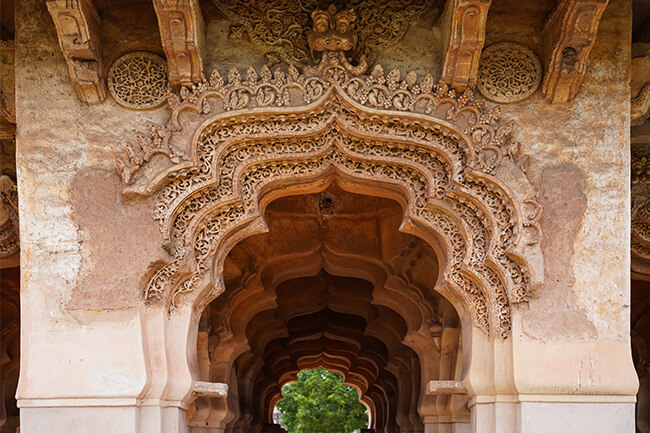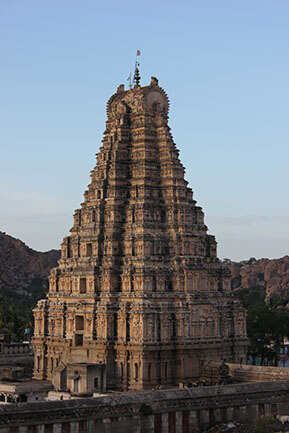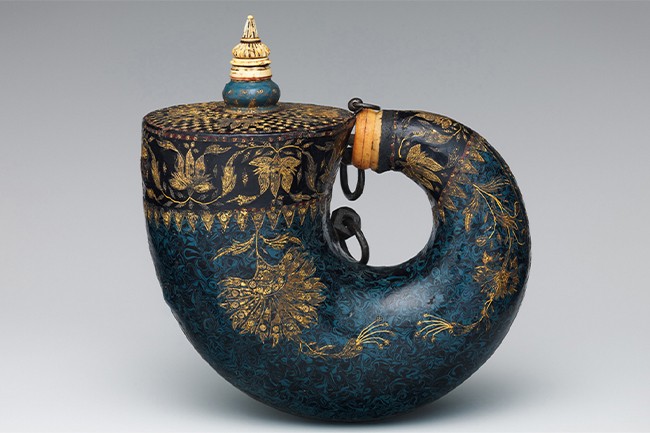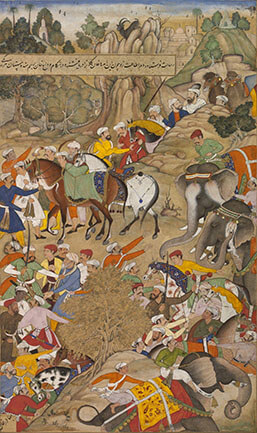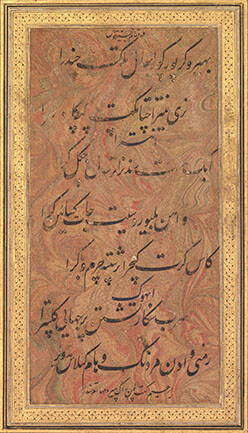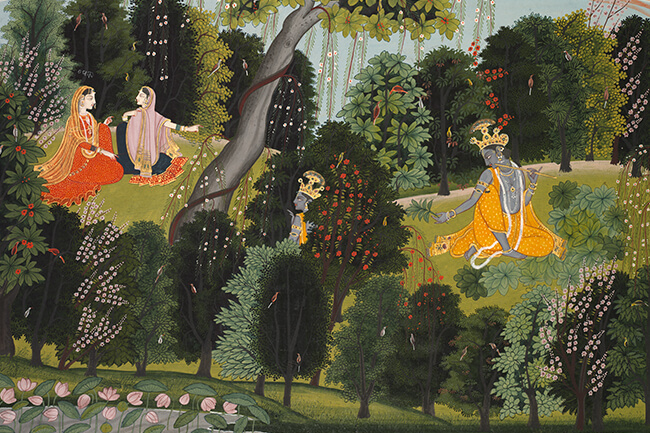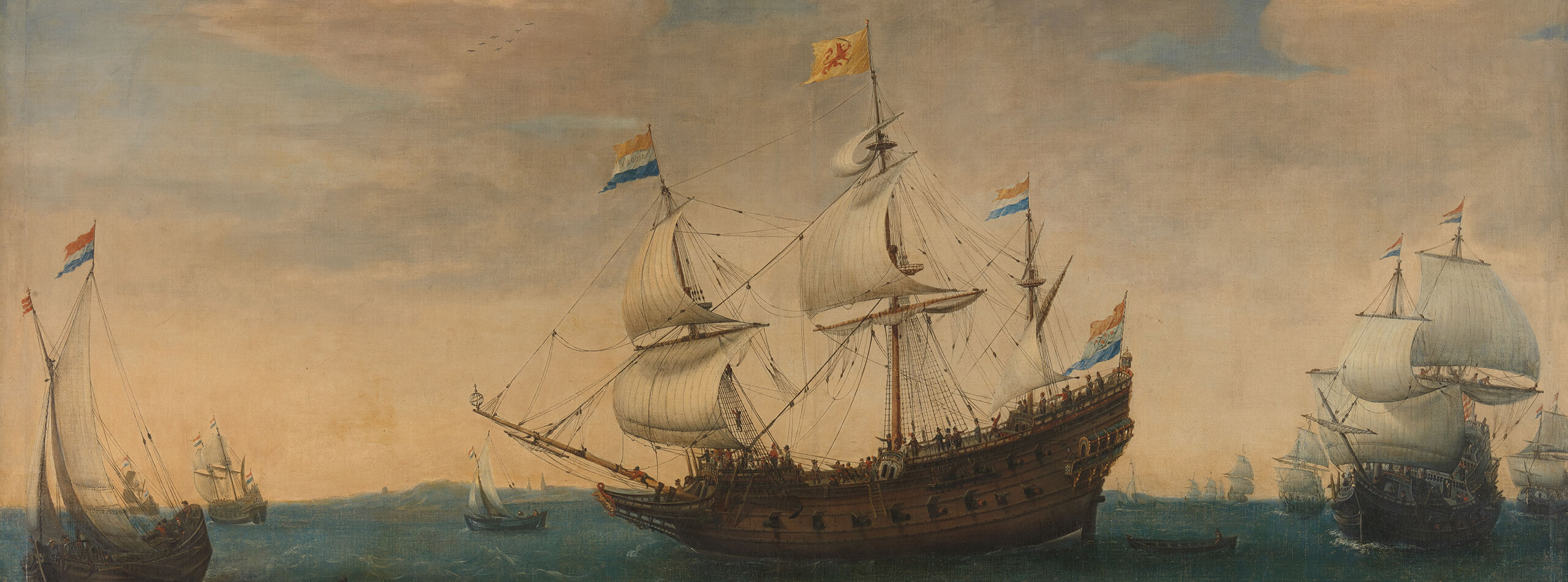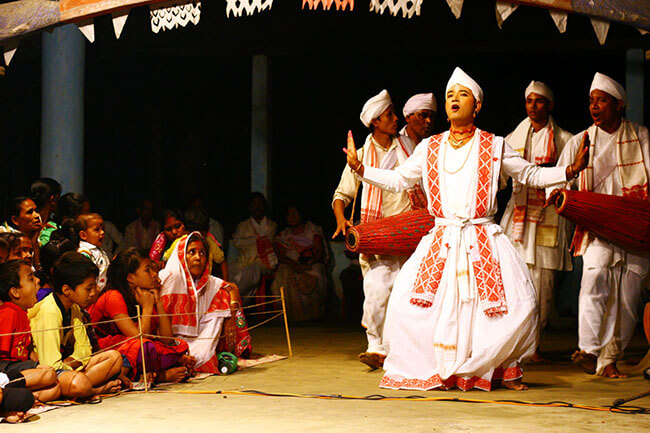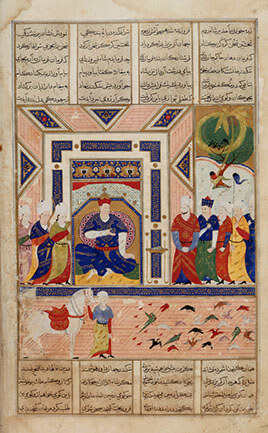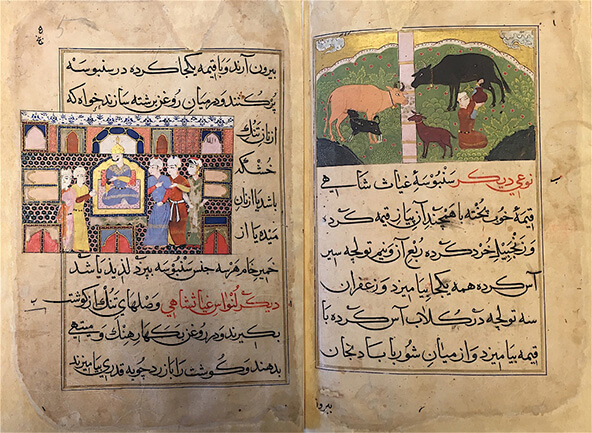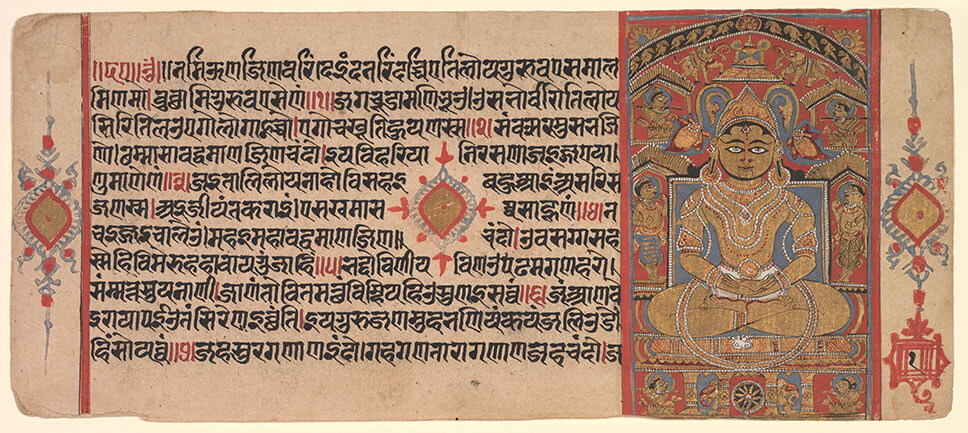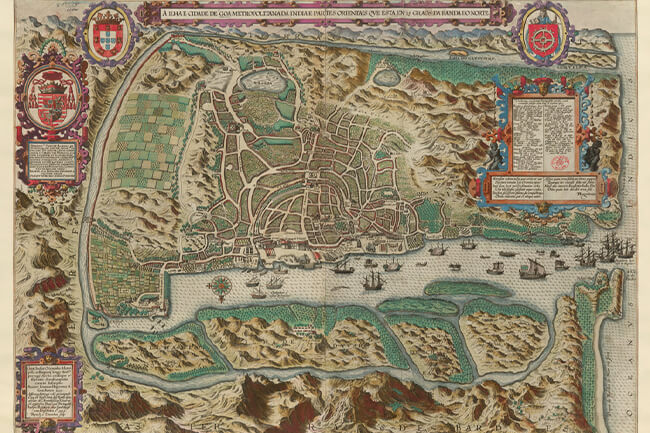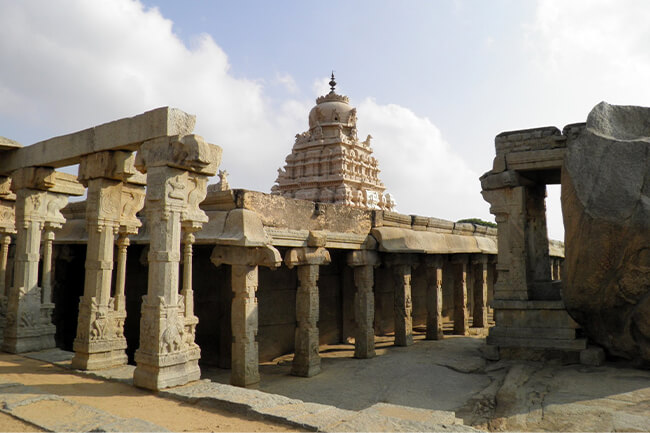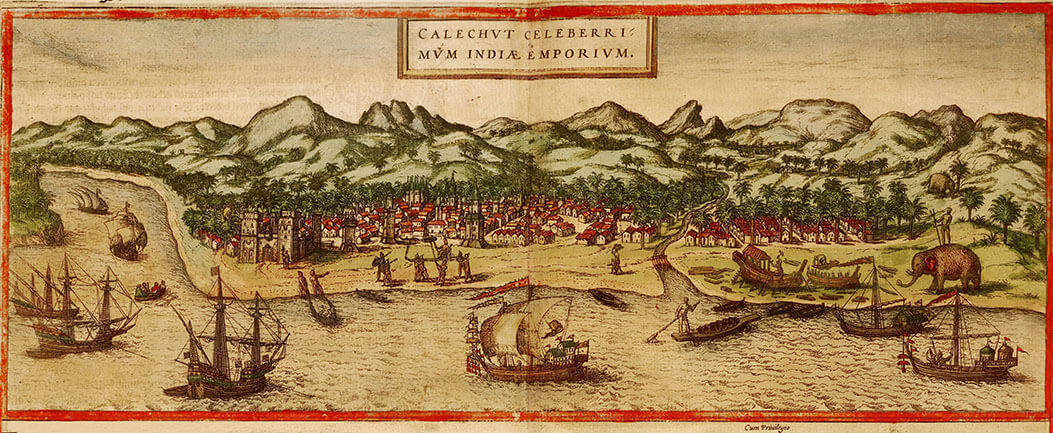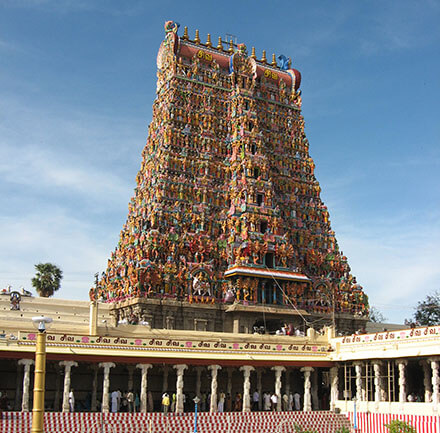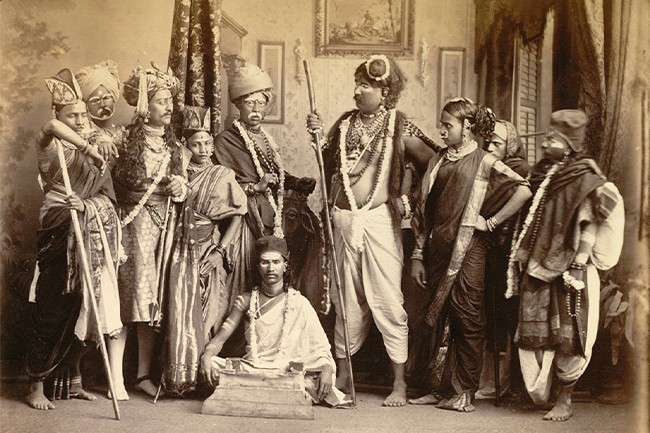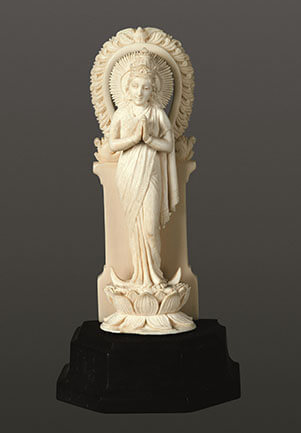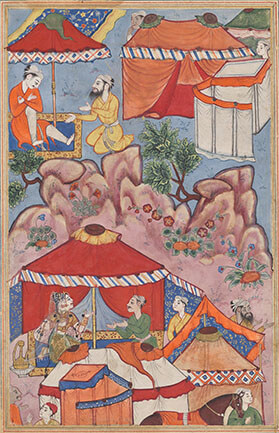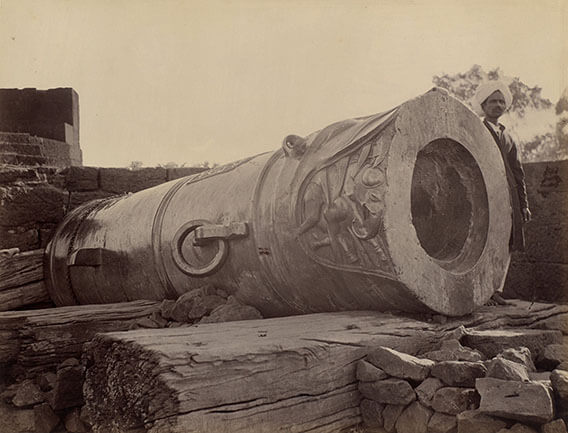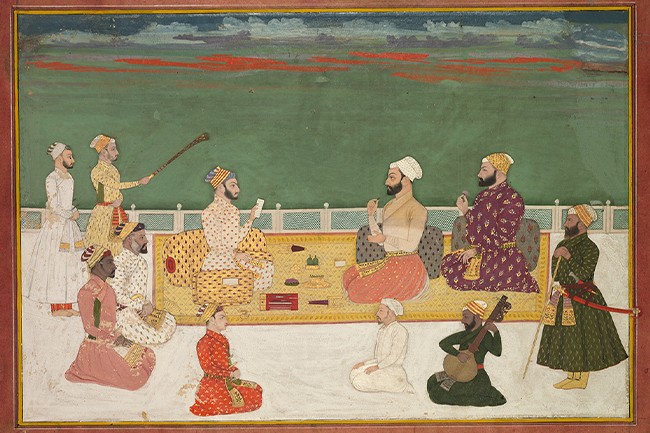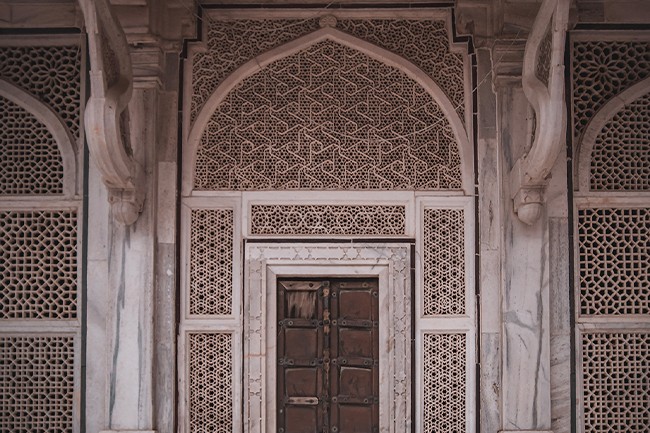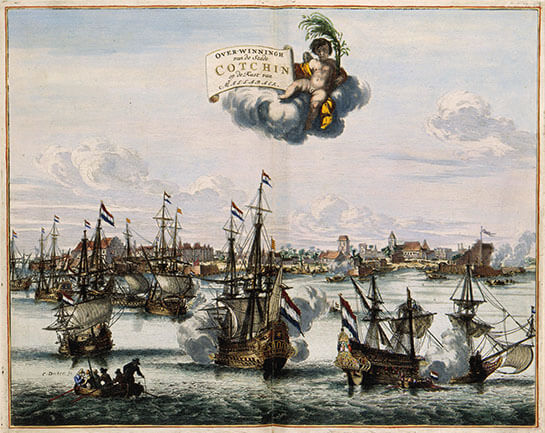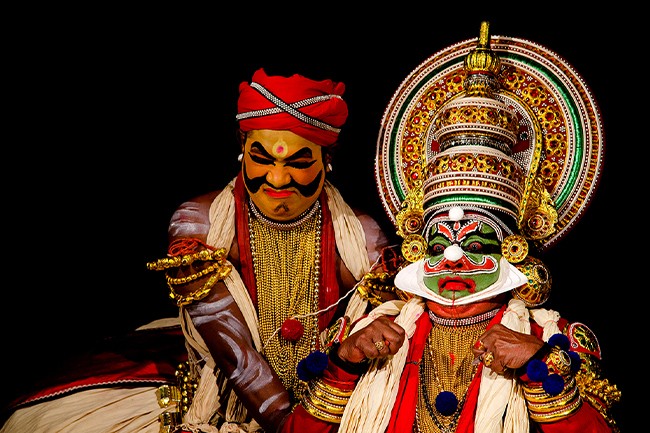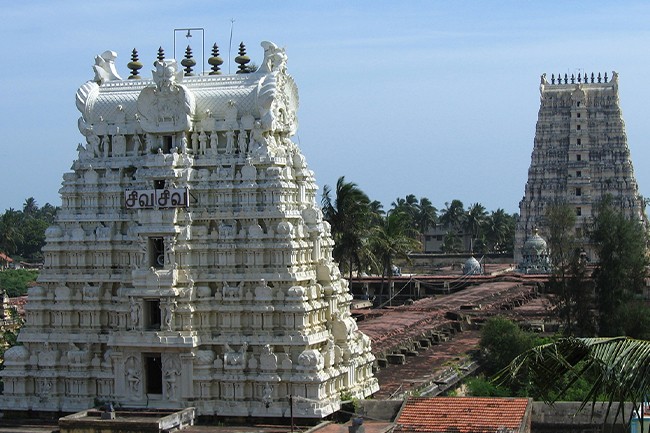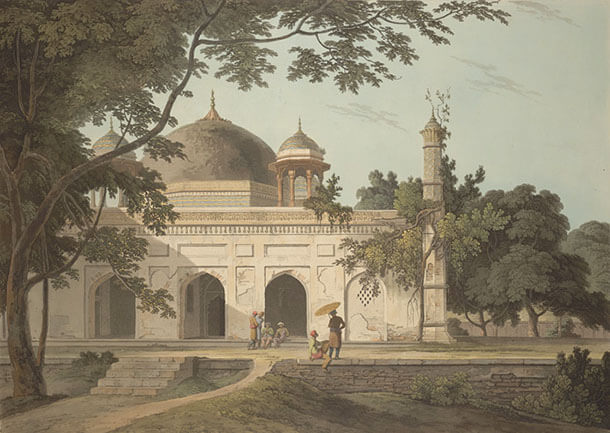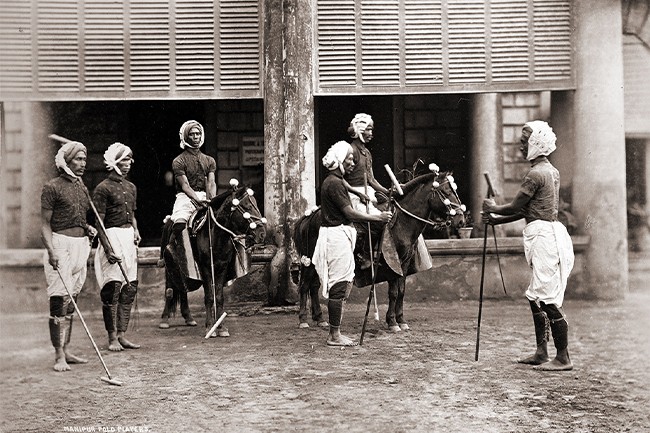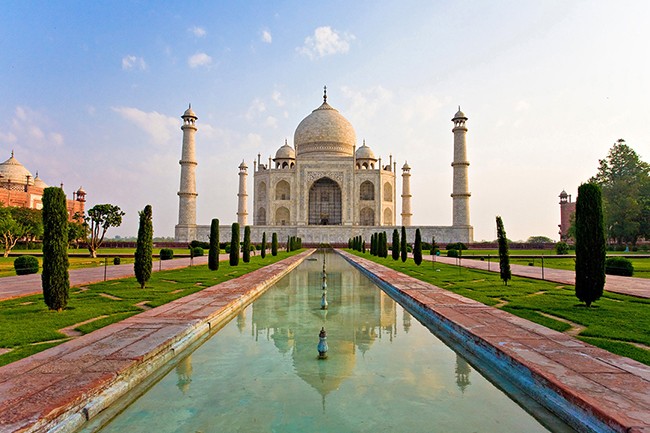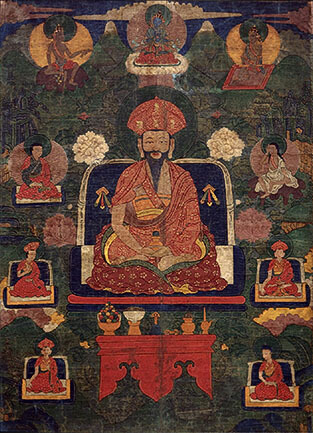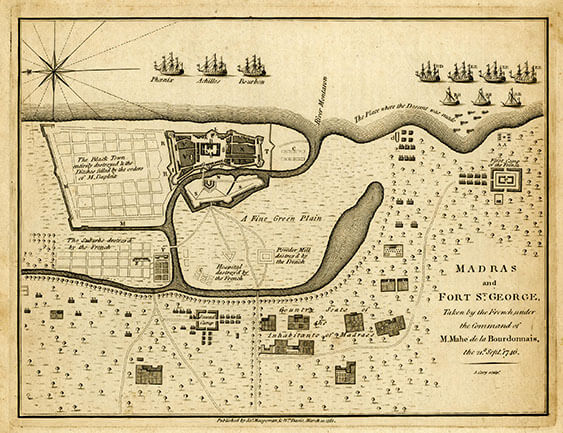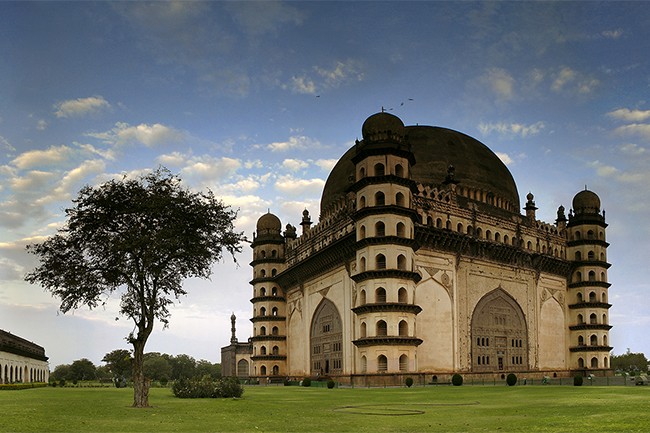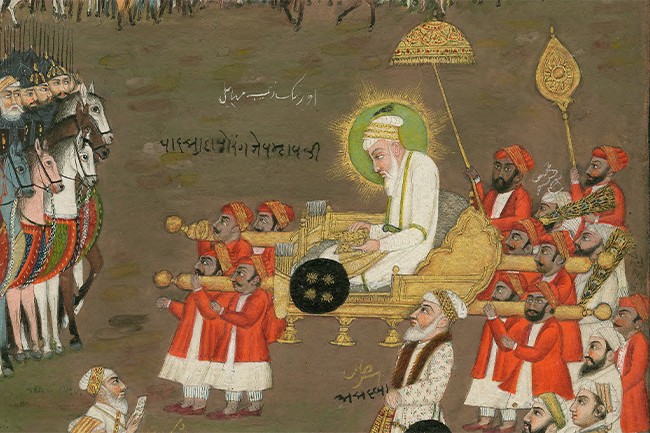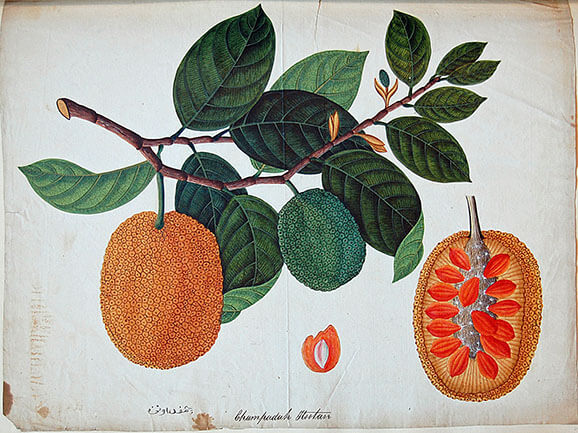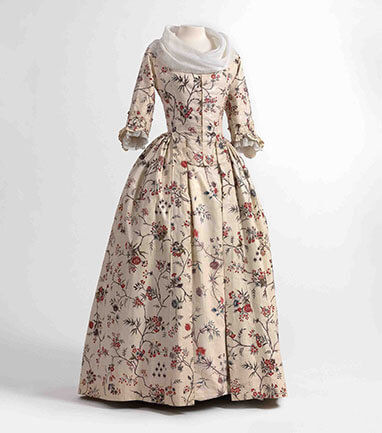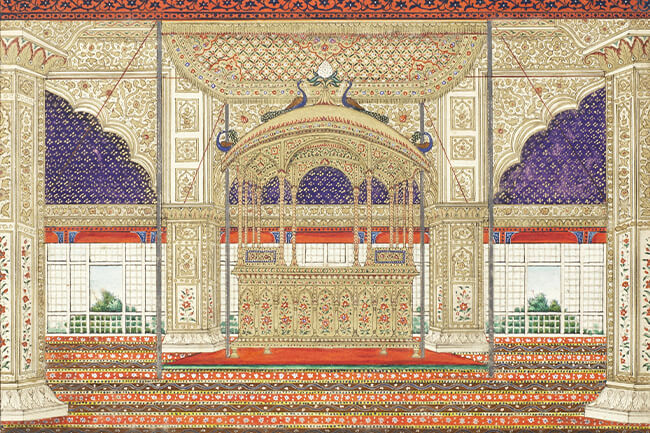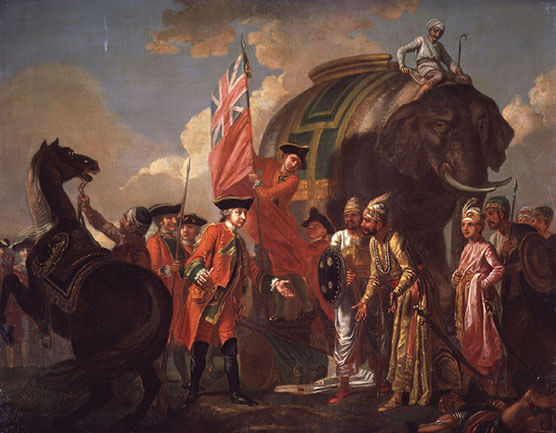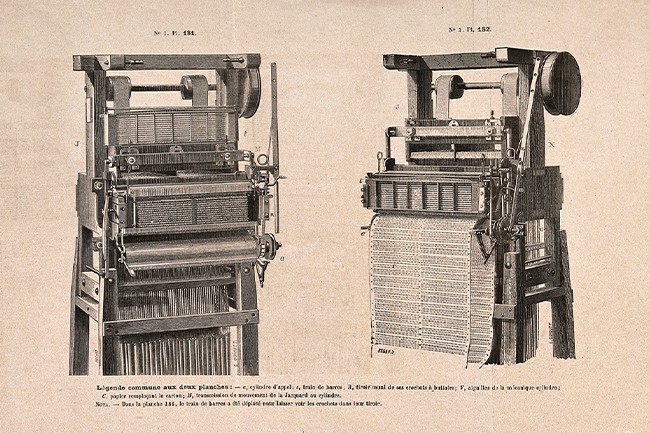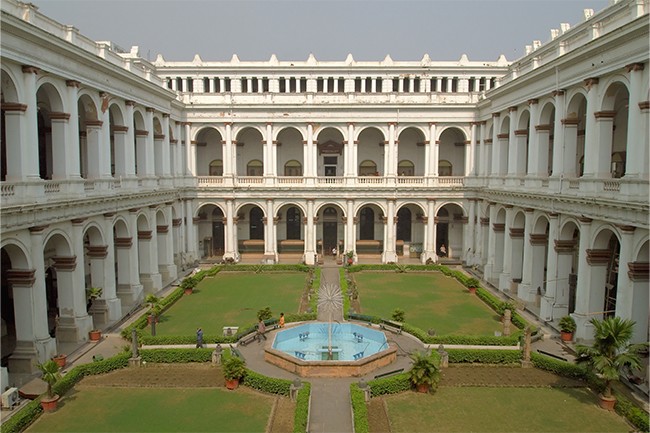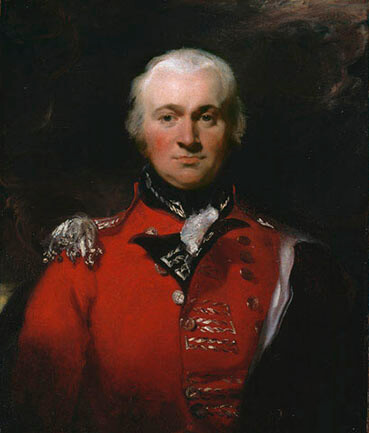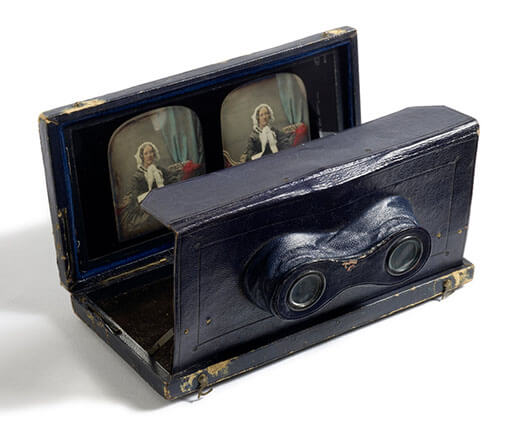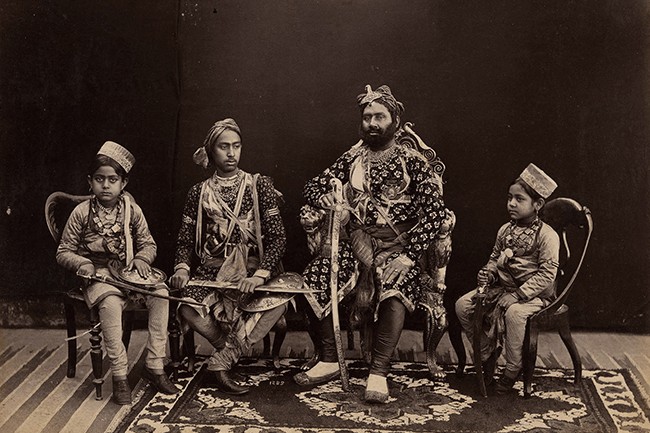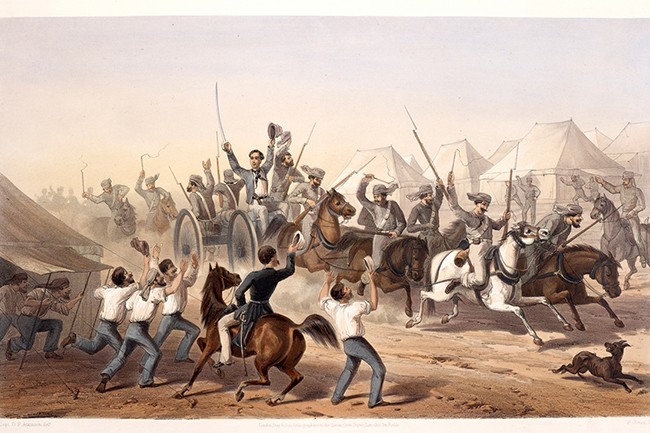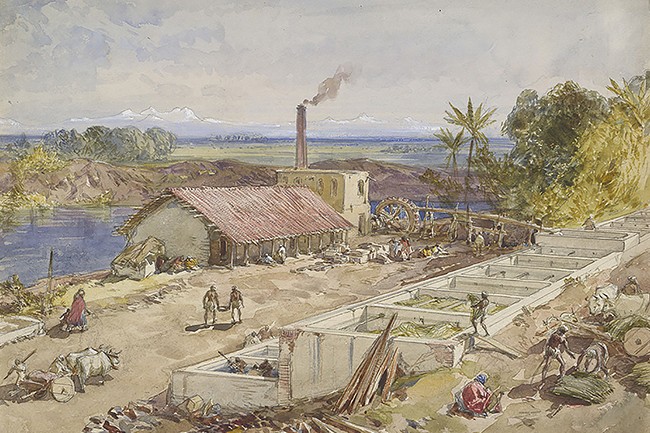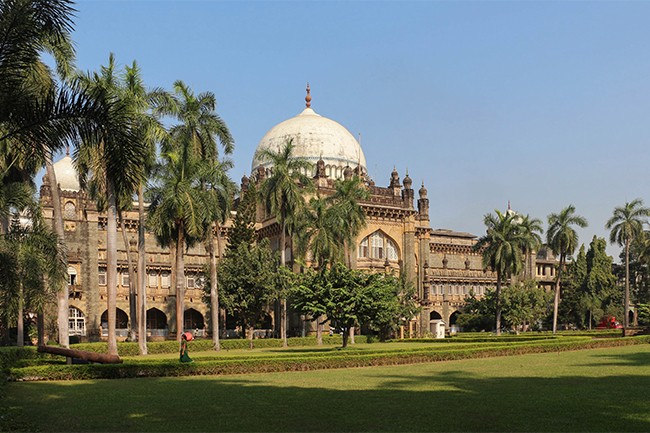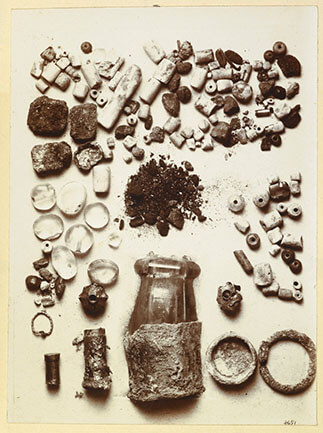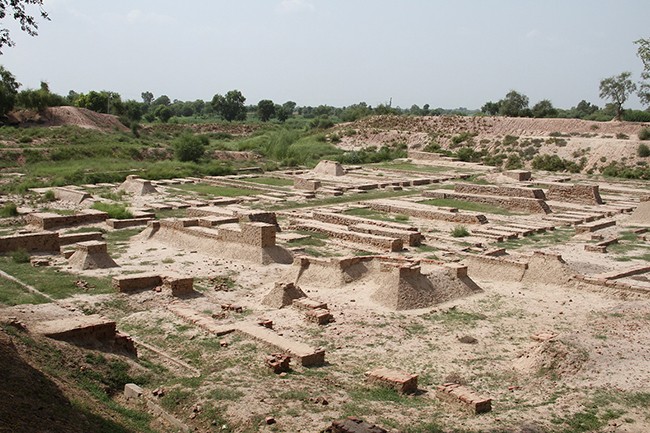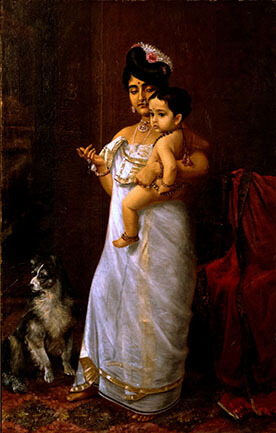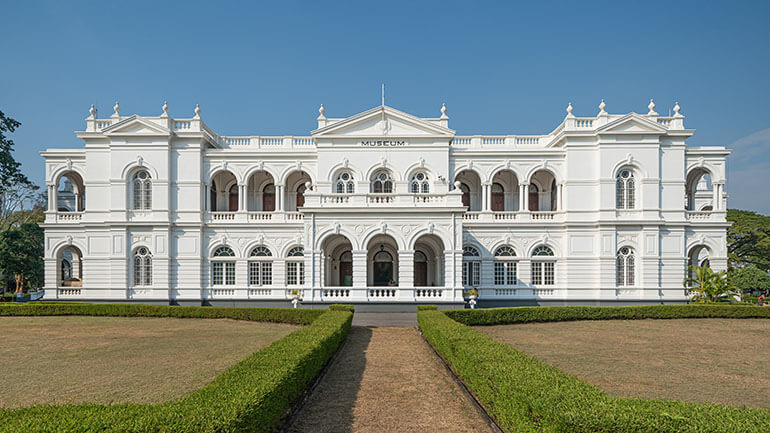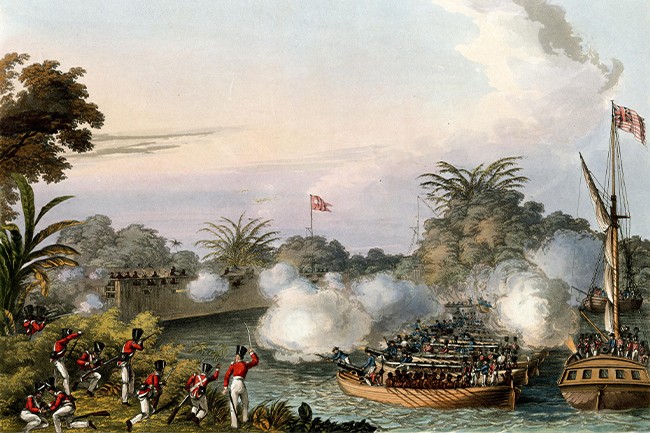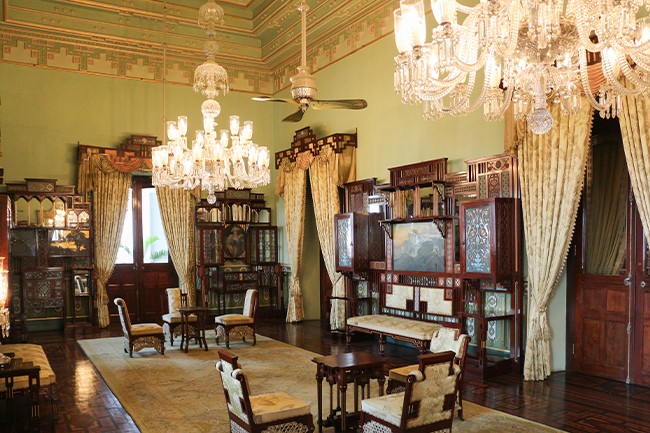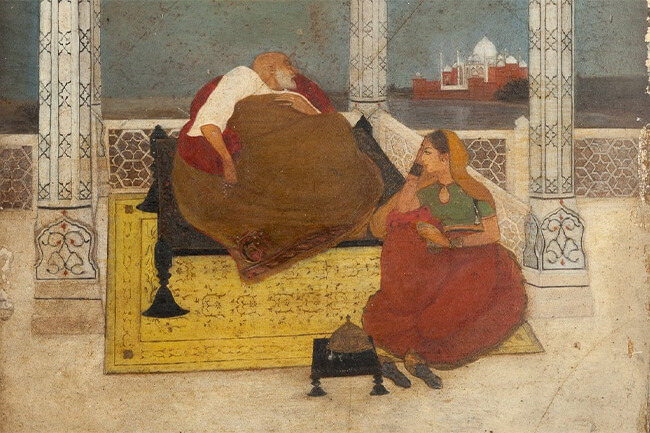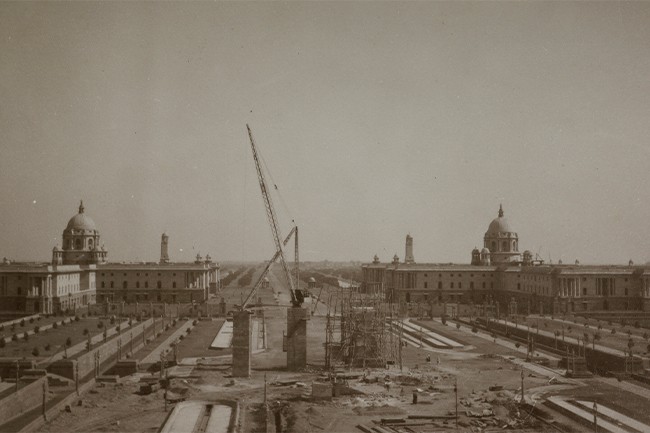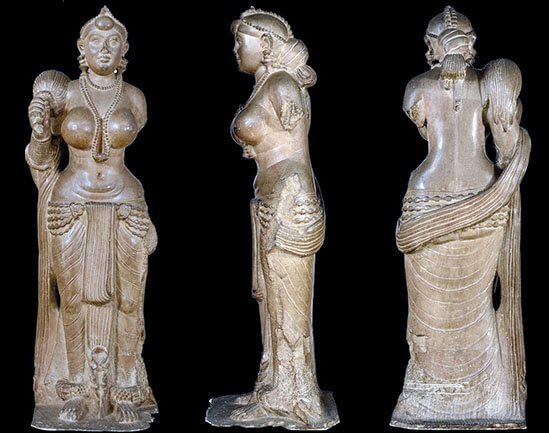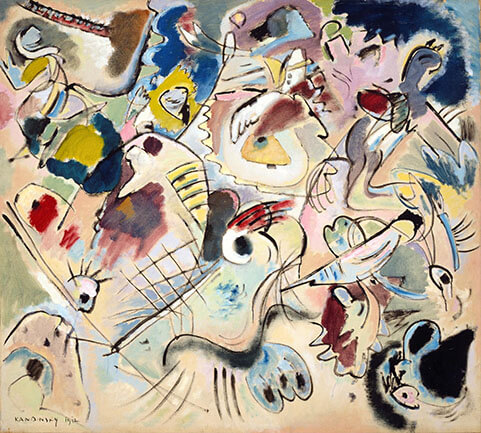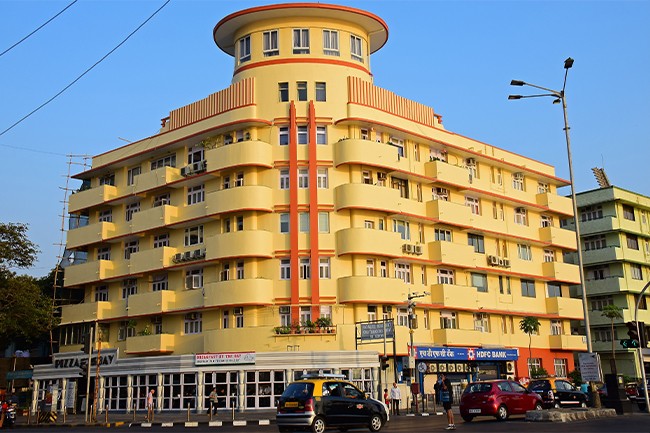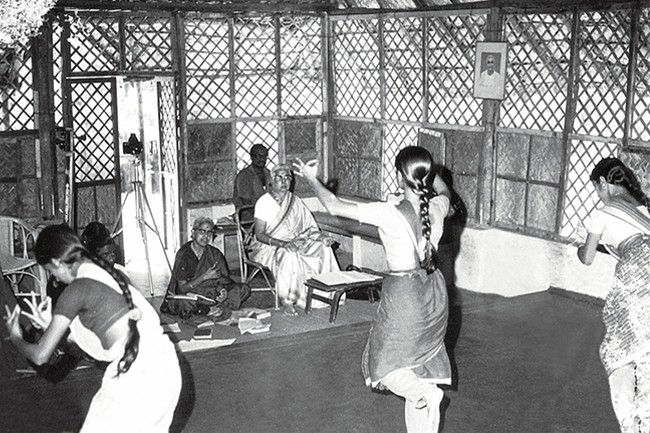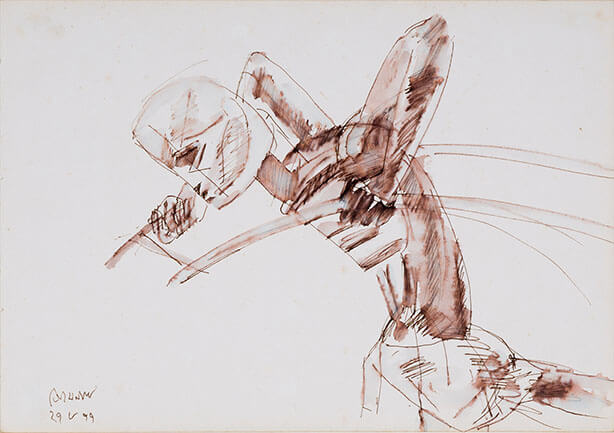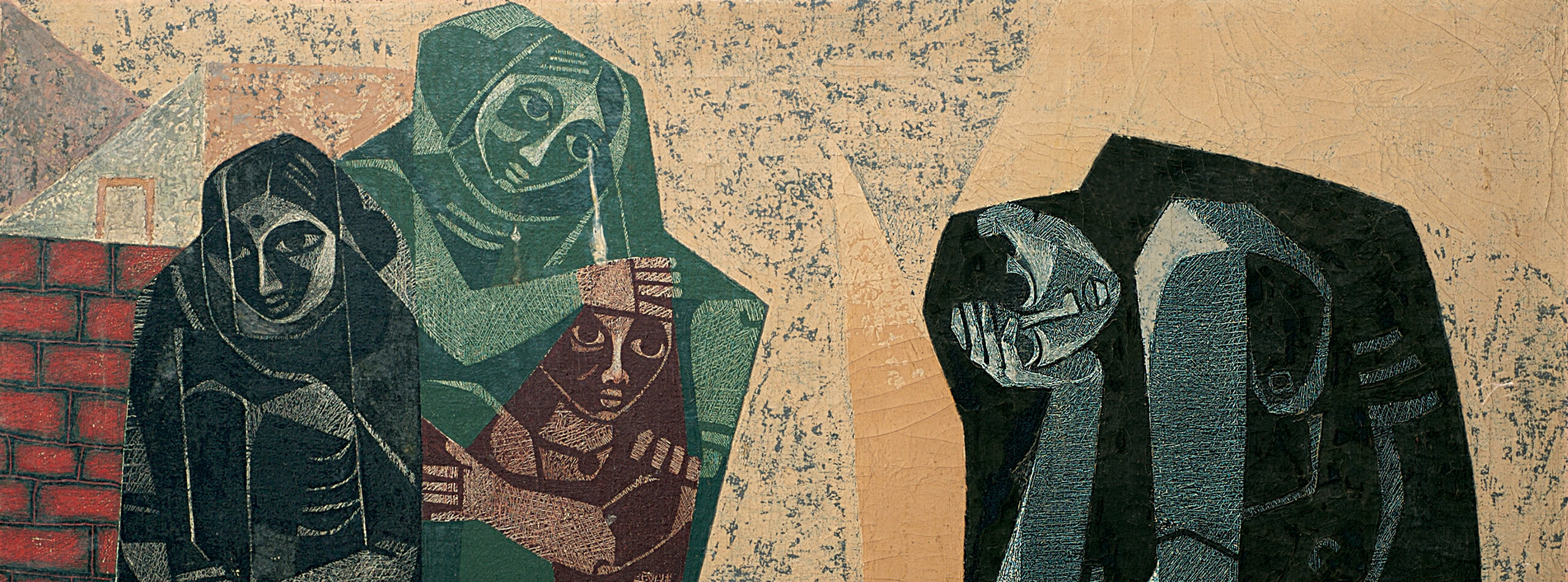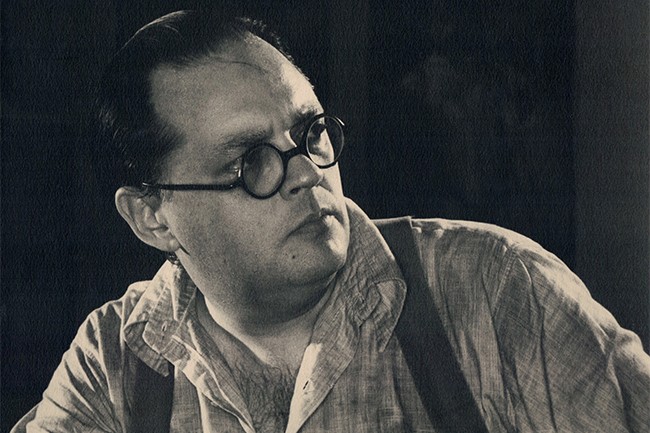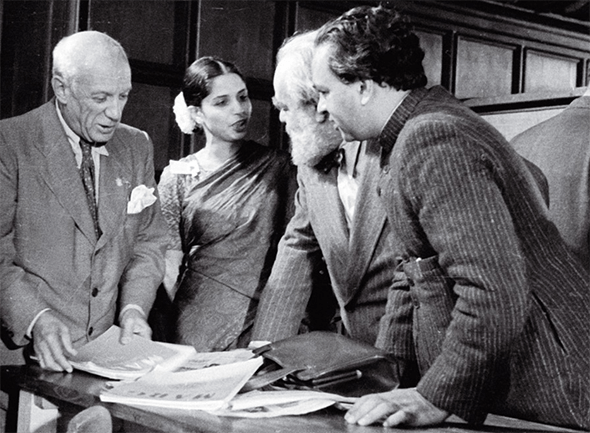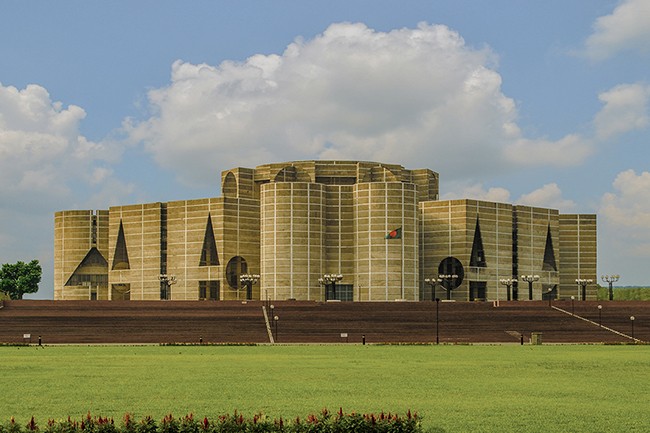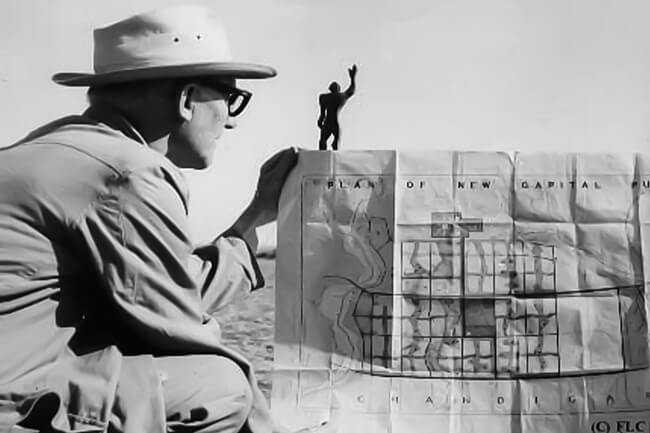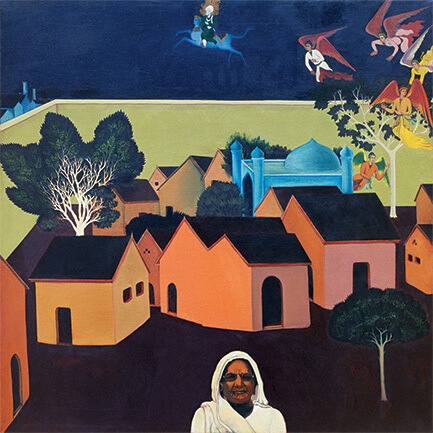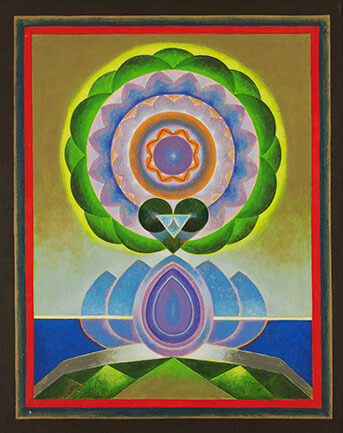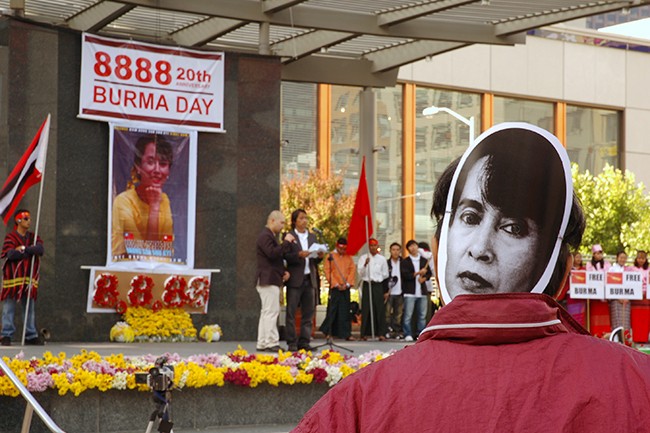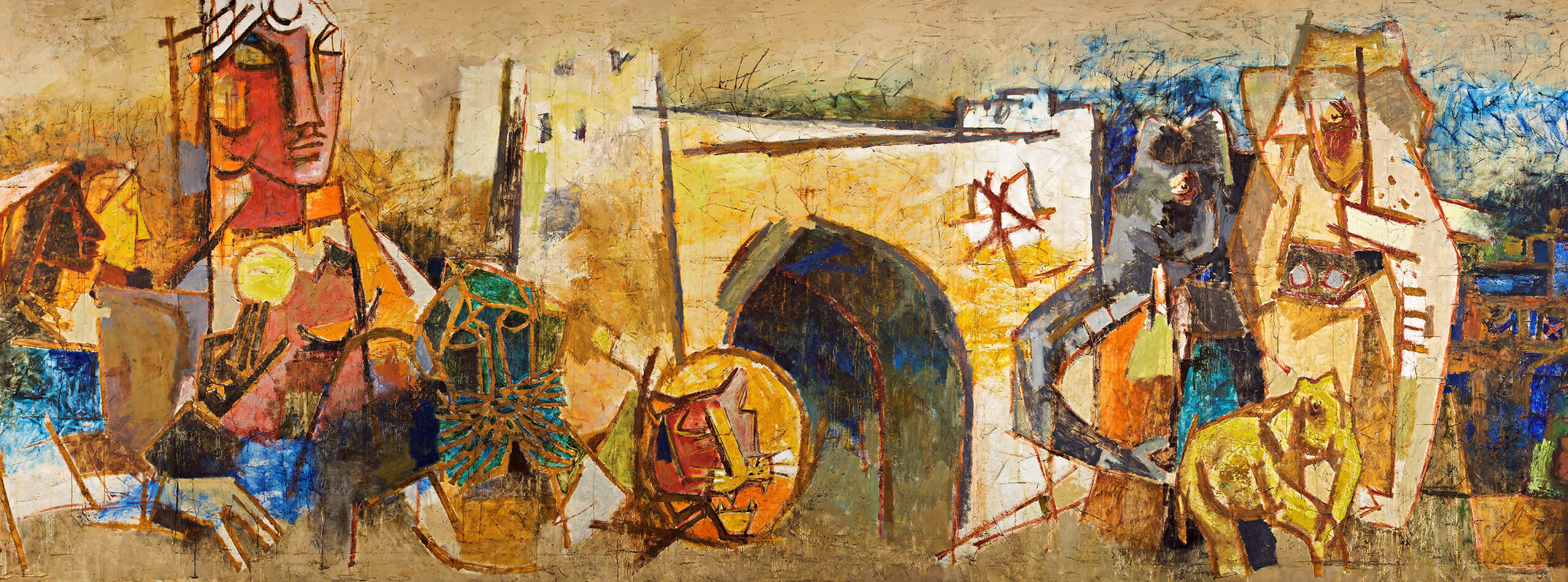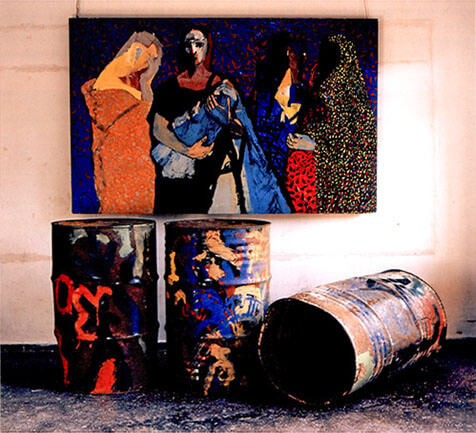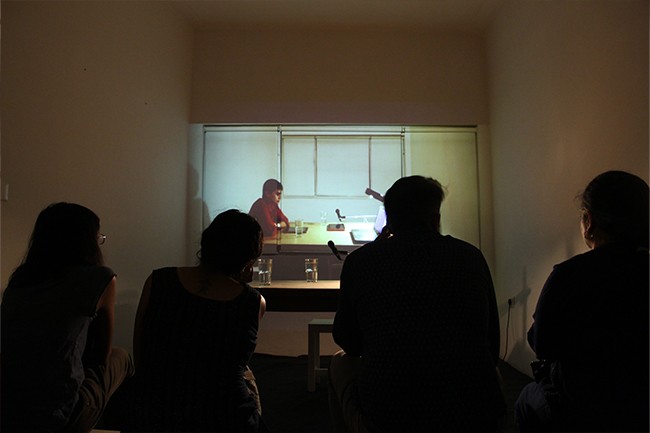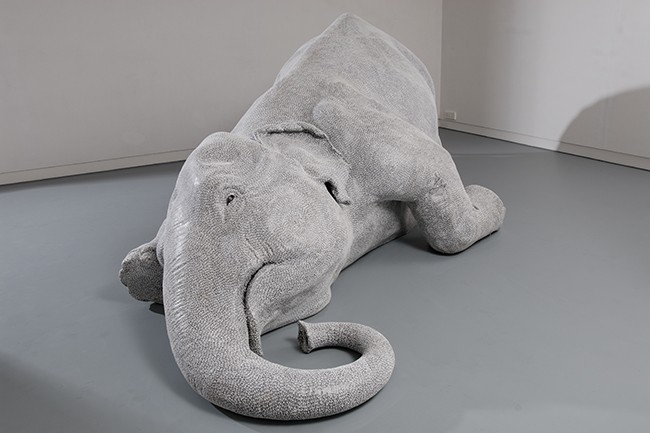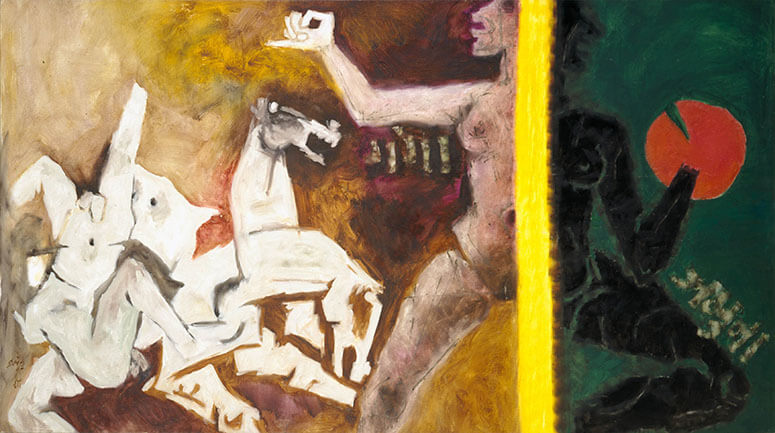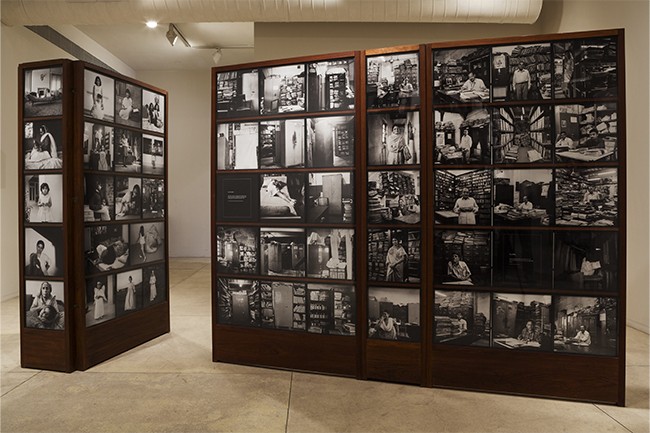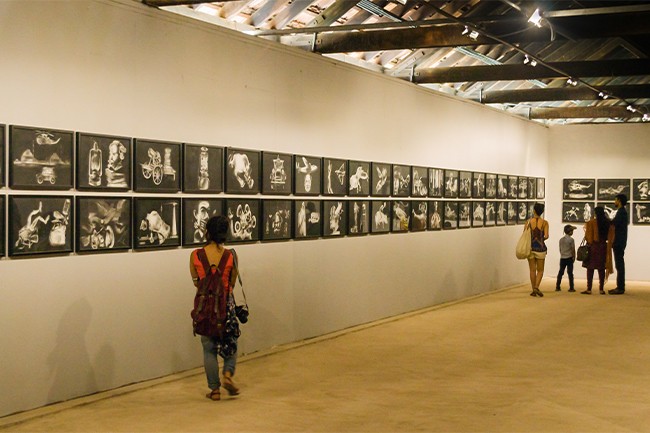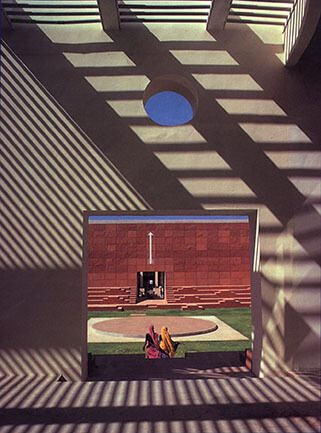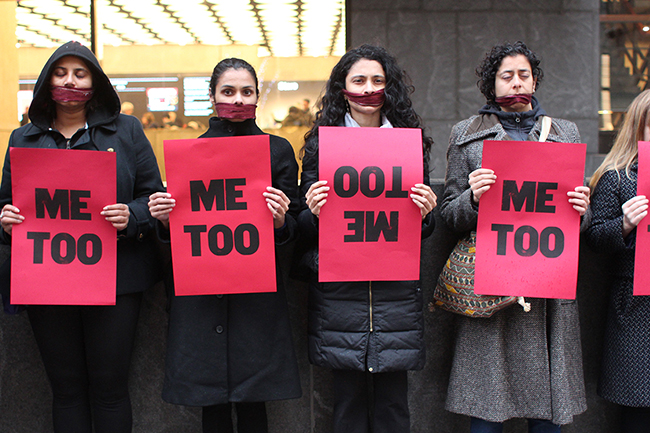- Stone Age (–7000 BCE)
- Chalcolithic Period (7000 BCE–3300 BCE)
- Bronze Age (3300 BCE–1200 BCE)
- Iron Age (1200 BCE–200 BCE)
- Ancient Period (200 BCE–500 CE)
- Early Medieval Period (500 CE–1200 CE)
- Late Medieval Period (1200–1500)
- Early Modern Period (1500–1757)
- Modern Period (1757–1947)
- Post-Colonial Period (1947–1990)
- Contemporary Period (1900–)
Materials
Techniques
Regions
Performances
Civilisation and Soft Powers
Architecture
Religions
Politics
Aesthetics and Genres
People's History
Contemporary Art Structures
Archaeology, Conservation and Historiography
Communities
Literature and Scriptures
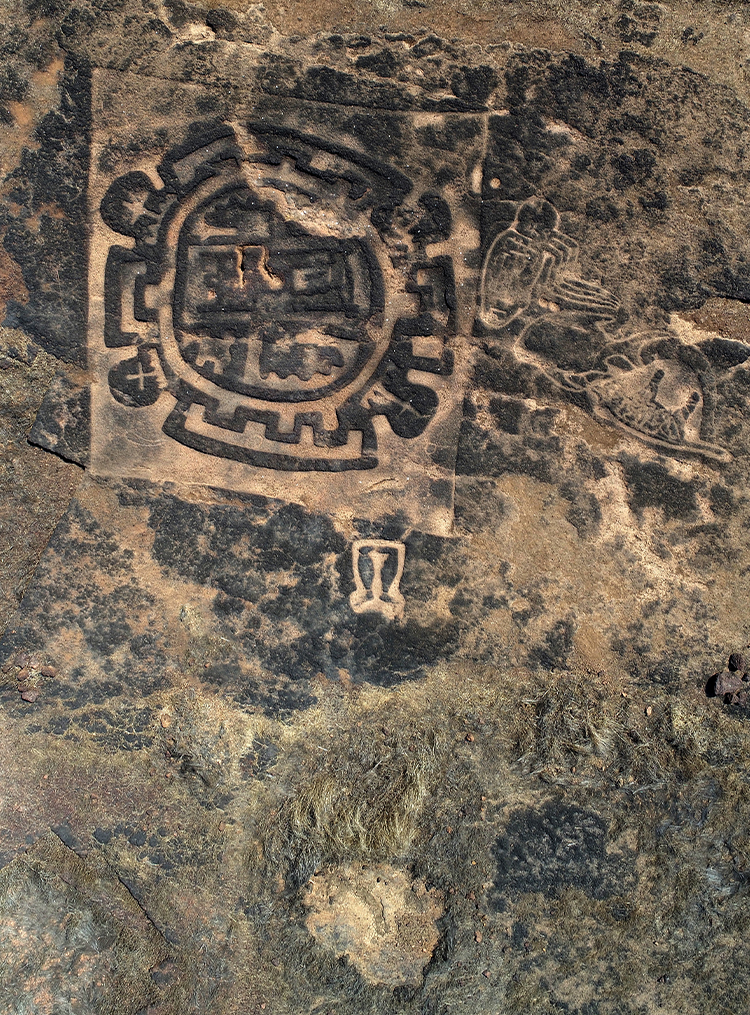
Stone Age
200000 BCE–7000 BCE
Starting about 2.5 million years ago, this period is characterised by the making and use of stone tools. It is the first period of prehistory, the broad period of human existence prior to the invention of writing systems. The Stone Age is divided into the Paleolithic Period (Old Stone Age), Mesolithic Period (Middle Stone Age), and Neolithic Period (Late Stone Age).
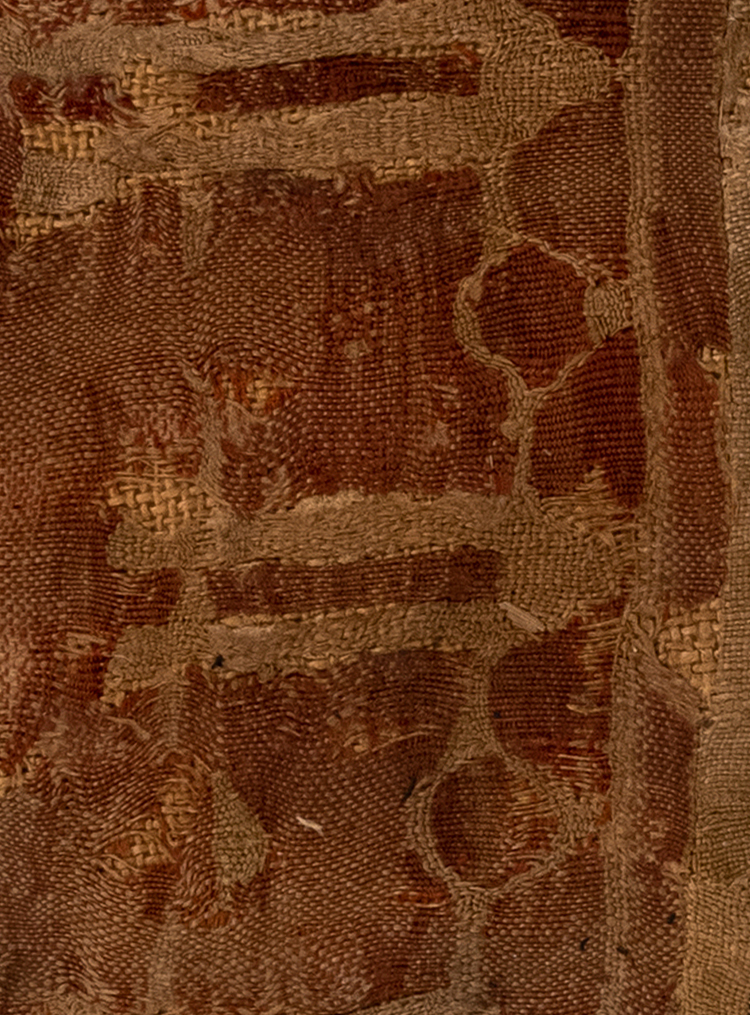
Chalcolithic Period
7000 BCE–3300 BCE
With rudimentary writing systems as well as copper metallurgy, this period of prehistory marks the transition from Neolithic or Late Stone Age cultures to the Bronze Age in South Asia. It gets its name from the Greek khalkos (‘copper’) and lithos (‘stone’), and is also known as proto-history.
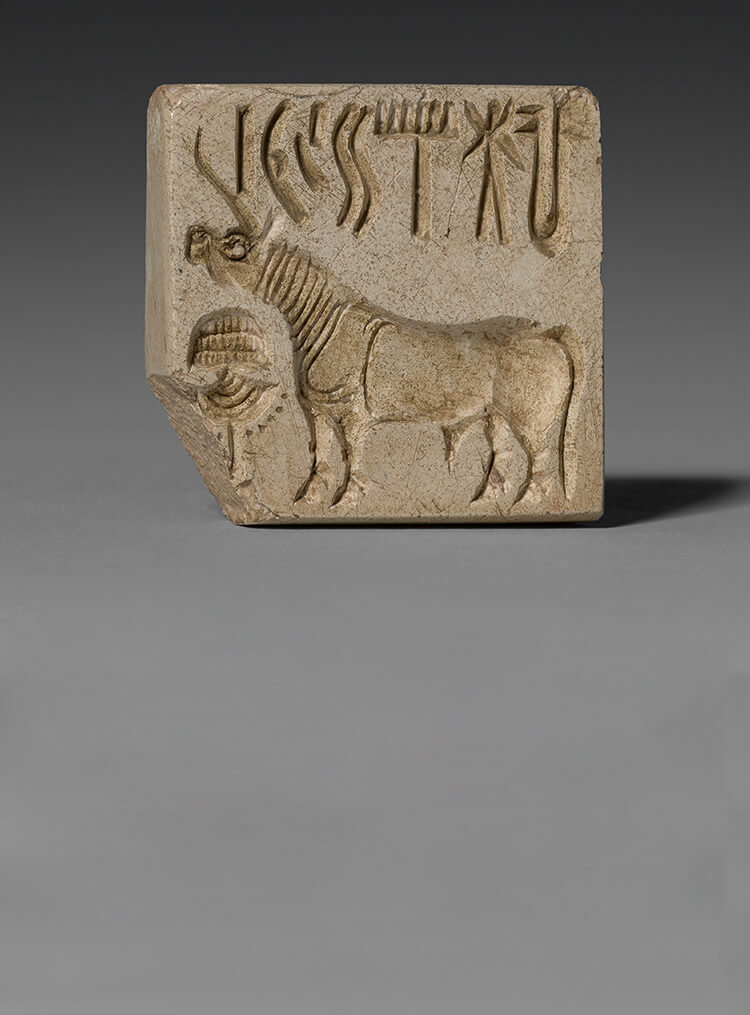
Bronze Age
3300 BCE–1200 BCE
Signs of urbanisation begin to appear in this prehistoric period marked by the production and use of bronze. While it starts with the Indus Valley Civilisation in 3300 BCE, other parts of the world see it begin at different times, such as c. 3000 BCE in Greece and China, and c. 1900 BCE in the UK. In the three-age classification of human prehistory, it is preceded by the Stone Age and followed by the Iron Age.
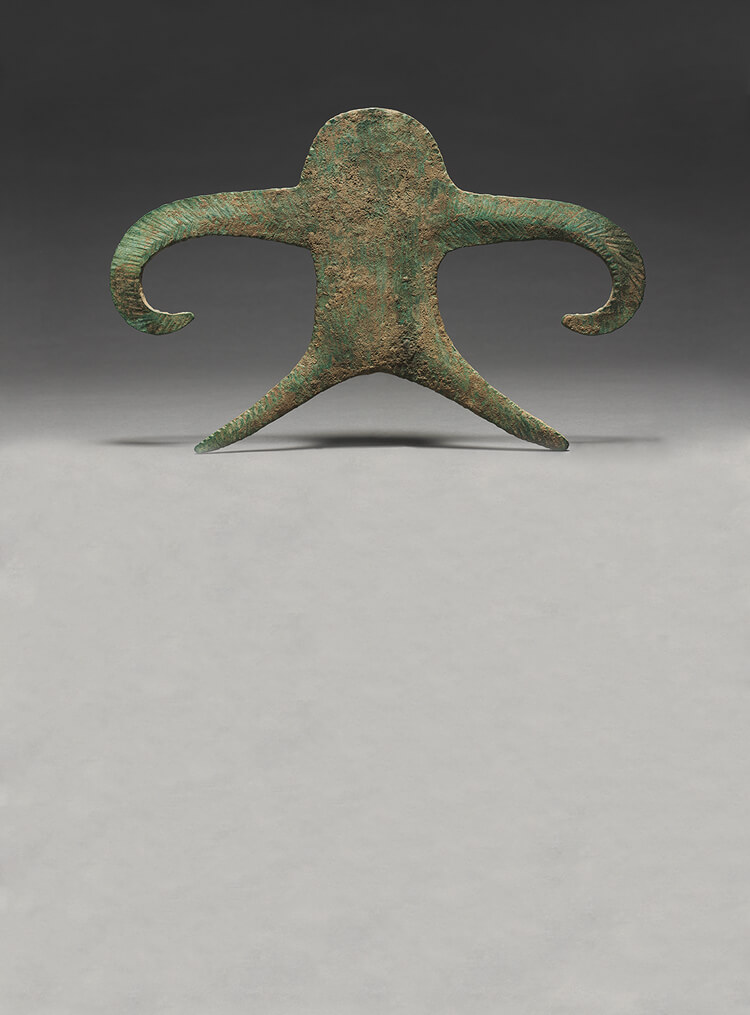
Iron Age
1200 BCE–200 BCE
Forming the last phase of the prehistoric period, this period is marked by the widespread production and adoption of iron implements for everyday and agricultural purposes, resulting in permanent settlements and migrations. The onset of the Iron Age varies across regions, beginning around 1200 BCE in West and South Asia, and around 600 BCE in China. It is associated with archaeological cultures and phases such as the Painted Grey Ware Culture, the Northern Polished Black Ware and the Megalithic Culture of southern India.
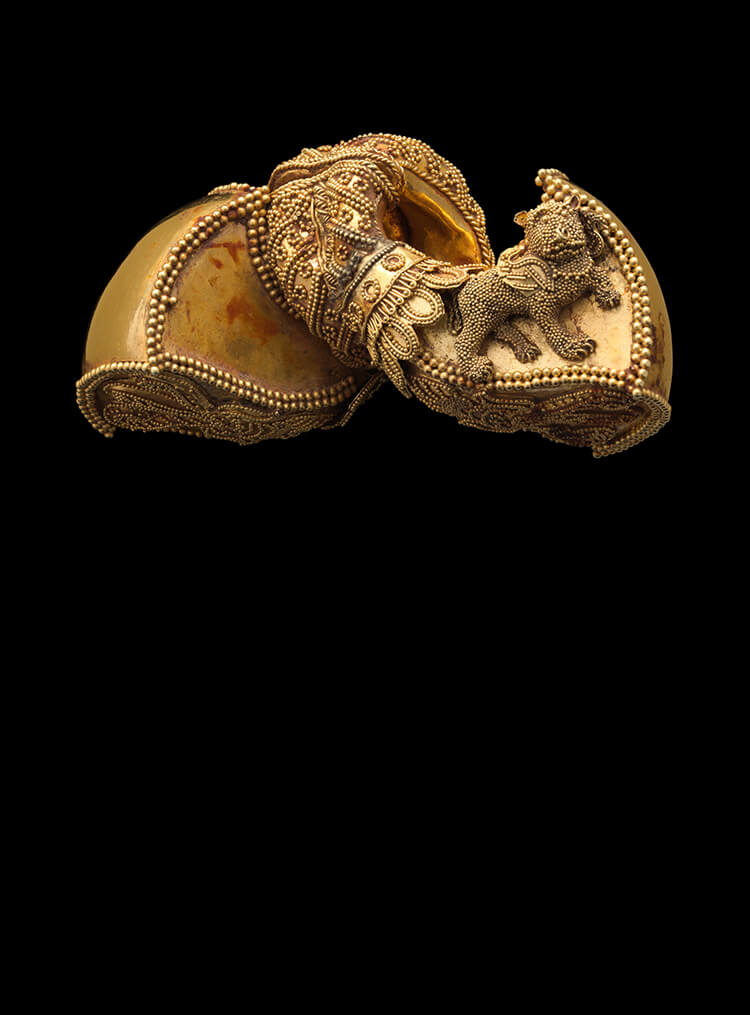
Ancient Period
200 BCE–500 CE
This historical period in South Asia spans the transition from relatively scattered Iron Age settlements to the development of urban cultures. This period sees the structuring of the religious systems of Hinduism, Buddhism and Jainism; and the emergence of several key South Asian dynasties, including the Mauryas, the Shungas, the early Cholas and Pandyas, and the Kingdom of Anuradhapura.
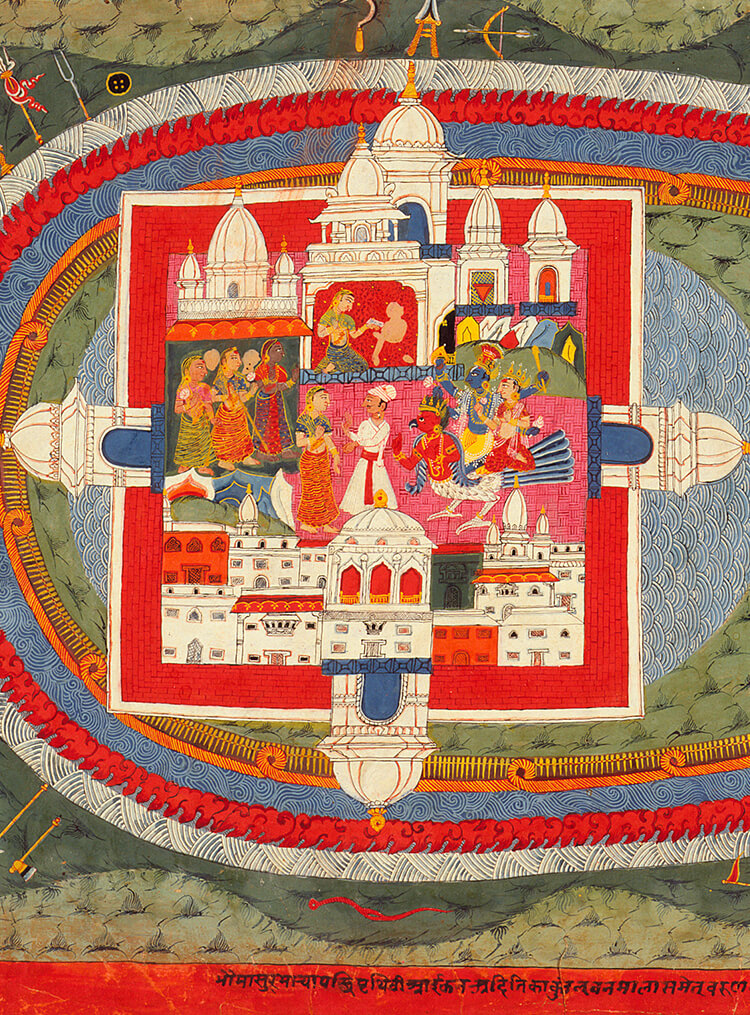
Early Medieval Period
500 CE–1200 CE
In this period, regional and sub-regional states emerge throughout the Indian subcontinent, under powers such as the Rashtrakutas, Pallavas, Cholas, Palas and the Pagan empire, who patronise temple-building with formalised architectural styles. The Bhakti movement emerges in southern India. Trade and commerce links with China and Southeast Asia grow while the subcontinent receives Arab and Persian immigrant trading communities. Cultural links begin to be established across the Himalayas, particularly between Tibet and Ladakh. The period ends with the decline of Buddhism in India and the founding of the Delhi Sultanate.
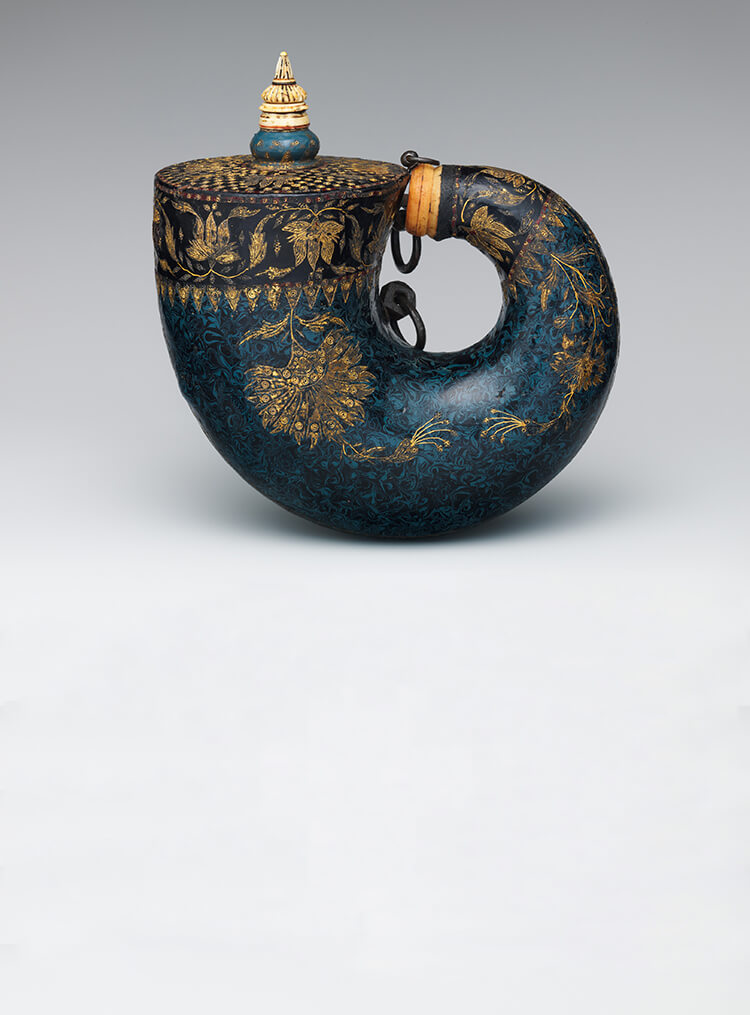
Late Medieval Period
1200 CE–1500 CE
This period in South Asia is marked by the growing trade networks along the Silk Road and the Maritime Spice Route — both ancient routes reinvigorated with the westward spread of the Mongol empire and the eastward movement of Arab merchants over the Indian Ocean. Islamic empires are established, most notably in northern India and Indonesia, and Theravada Buddhism is revived in Sri Lanka, Thailand and Cambodia. Vajrayana Buddhist art reaches a high point in the Himalayan region, while early examples of manuscript painting are commissioned by western and central Indian courts.
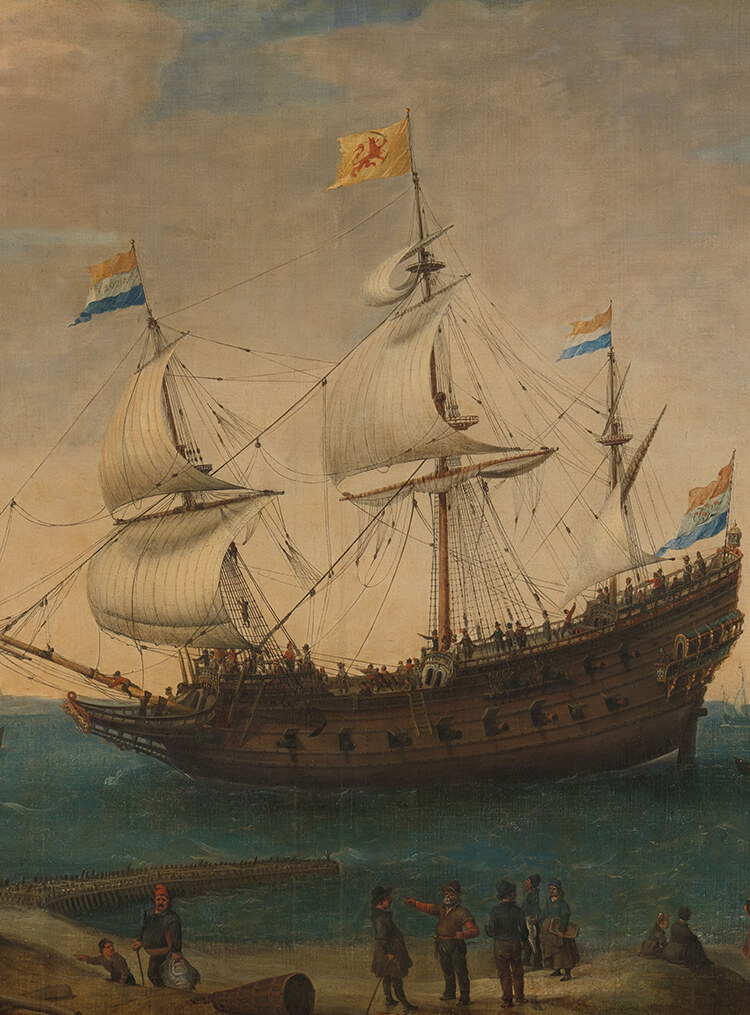
Early Modern Period
1500 CE–1757 CE
This period in South Asia is marked by the use of gunpowder, increased maritime trade, manuscript painting and the beginnings of colonial imperialism. The British East India Company emerges as the dominant colonial power in the subcontinent as Mughal influence declines in the early eighteenth century.
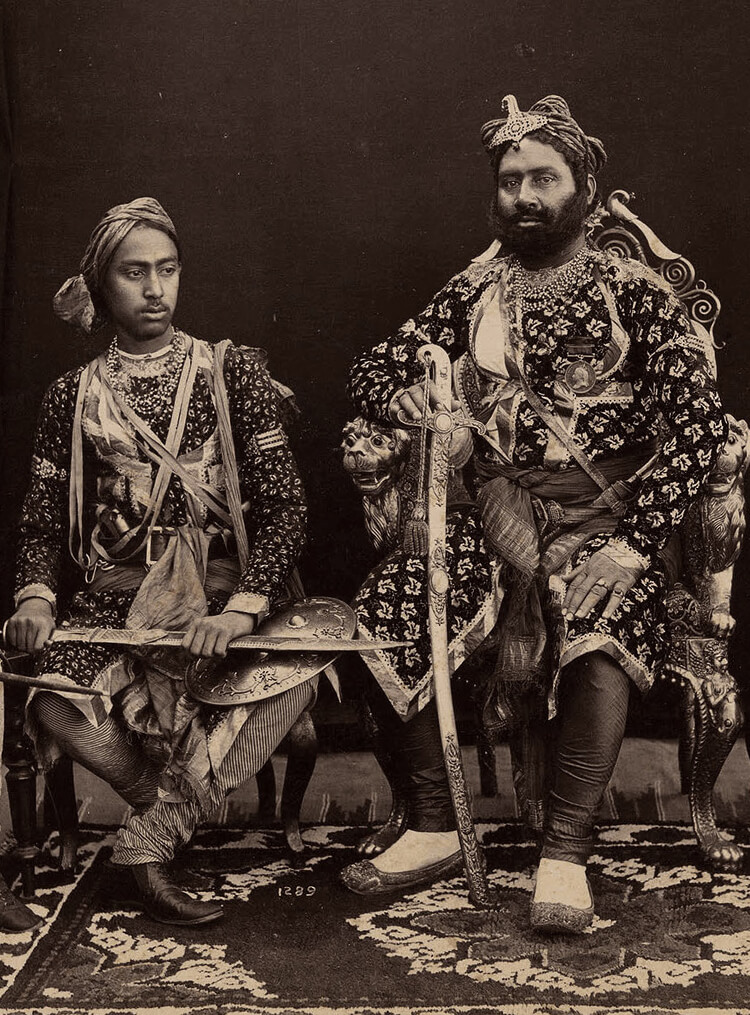
Modern Period
1757 CE–1947 CE
Starting with the Industrial Revolution in Europe and ending approximately with the end of World War II, the Modern period is marked by sweeping social, economic, political and technological developments in the West, which impact the rest of the increasingly globalised world. It sees the colonisation of India, Burma, Sri Lanka and most of Africa, and concludes around the time of their independence. Modernist art movements question established practices such as Academic Realism, and are first criticised and then embraced by Western or colonial institutions.
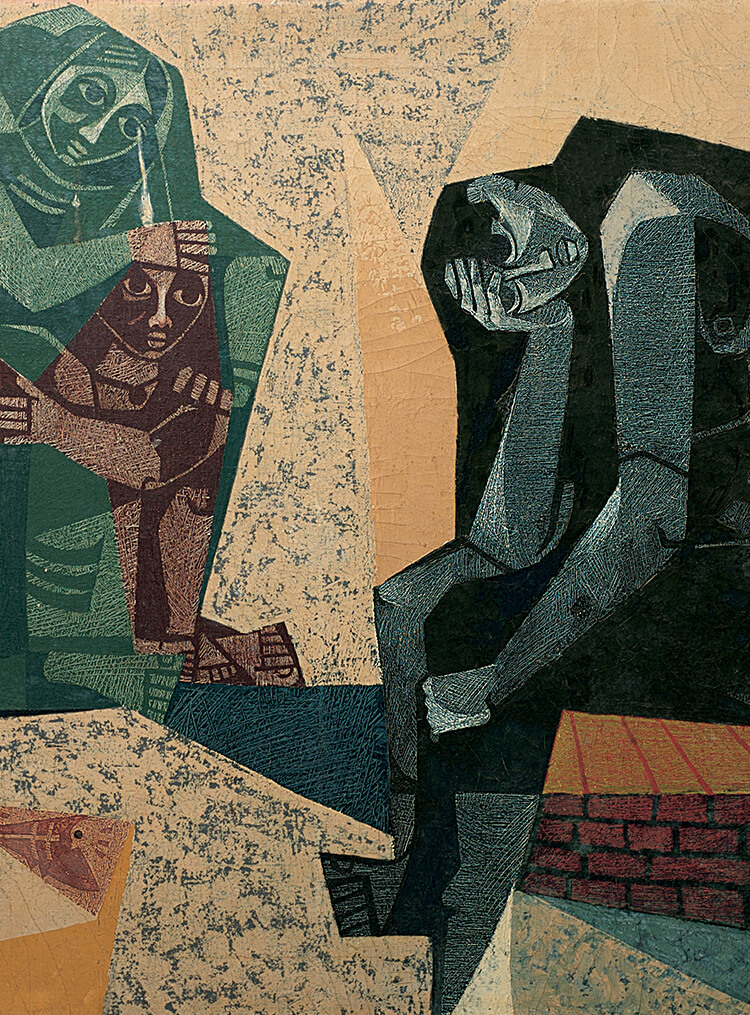
Post-Colonial Period
1947 CE–1990 CE
In the wake of World War II, the success of independence movements across South Asia and the Partition of British India lead to an almost entirely decolonised subcontinent, with its borders redrawn by 1948. This initiates a sea change, crucial in shaping the individual national identities of present-day India, Pakistan, Bangladesh, Myanmar and Sri Lanka. The events around their independence, as well as their distinct emerging economies, regional goals and their subsequent conflict, also impact Afghanistan, Bhutan and Nepal, which were never under British rule — making 1947–48 a significant chronological period for all of South Asia.
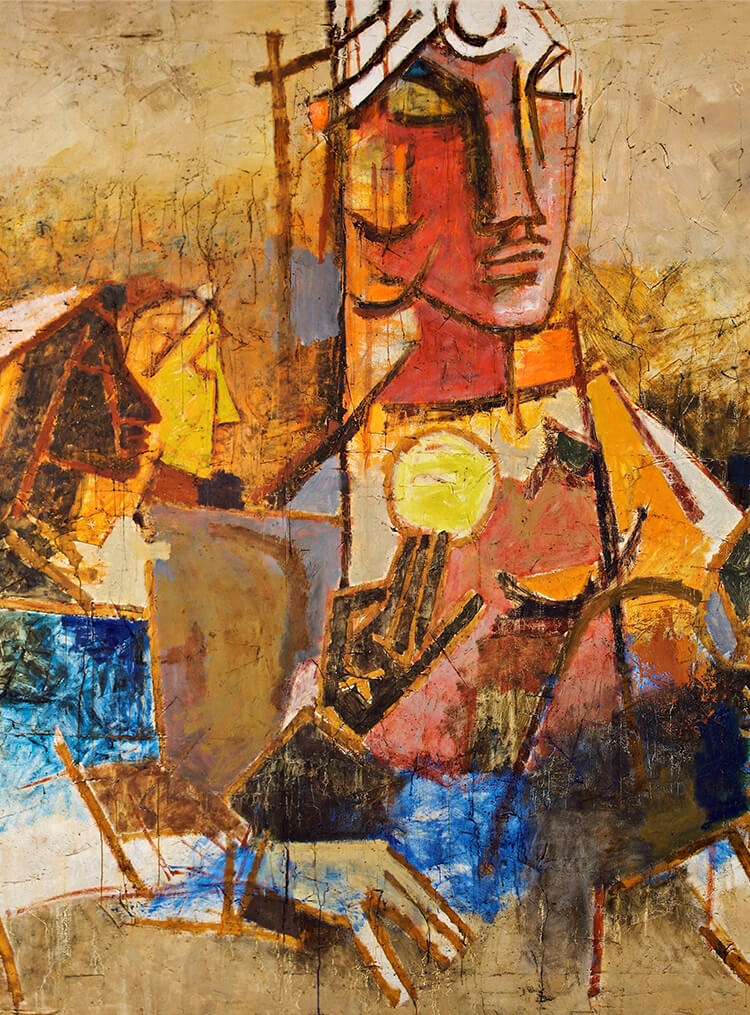
Contemporary
1990 CE–2024 CE
India’s economy opens up in this period, leading to more private foreign financial support for the arts. This, alongside a disillusionment with academic bureaucracy in Sri Lankan art education and other factors, lends a distinct form to contemporary South Asian art in the early 1990s. Traditional painting and sculpture are supplemented by Postmodernist themes and practices based in performance, video, installation and digital media. The art community becomes more inclusive, featuring more women artists and feminist discourse, which have previously been scarce. In the 2000s, South Asia rises to greater prominence in an increasingly globalised art market.


